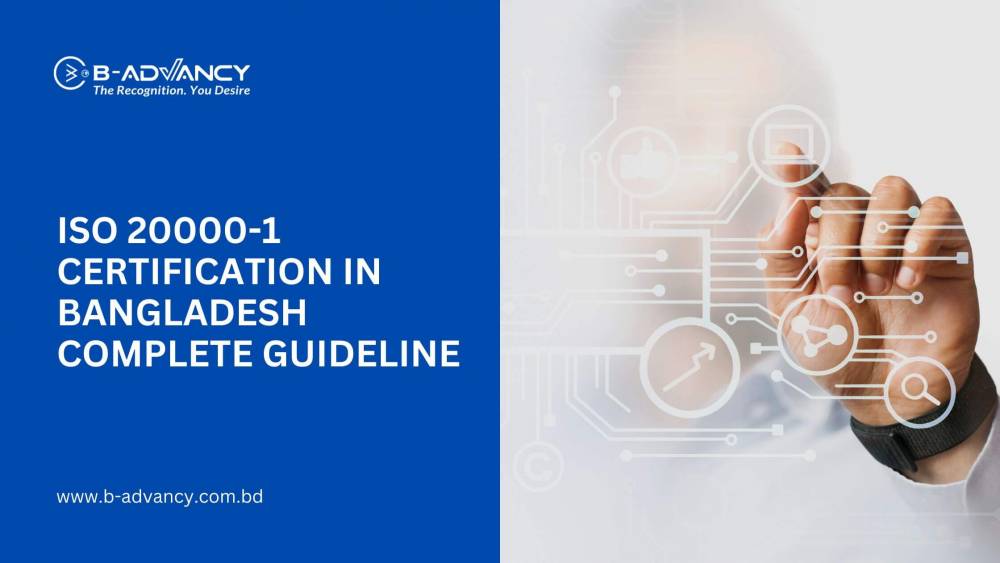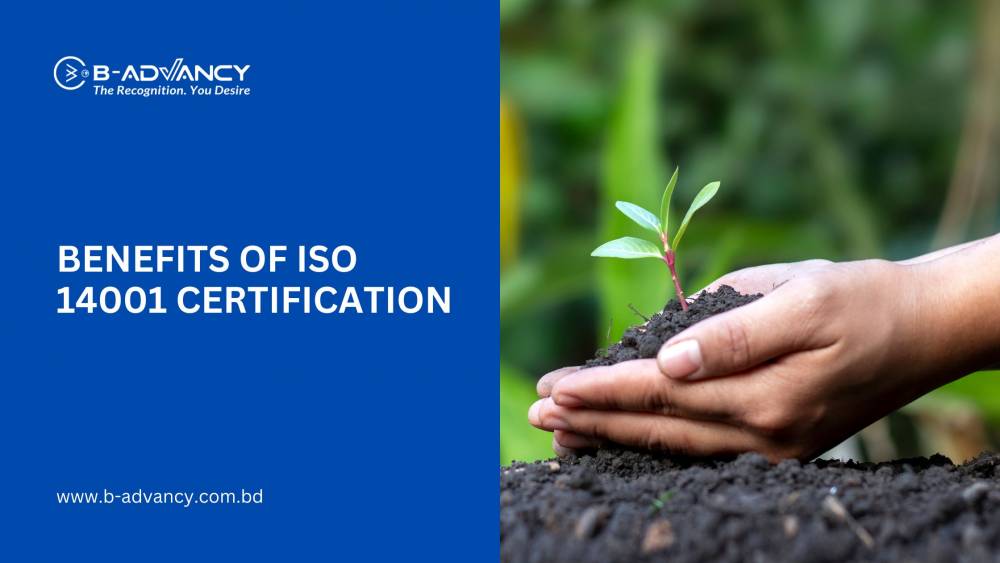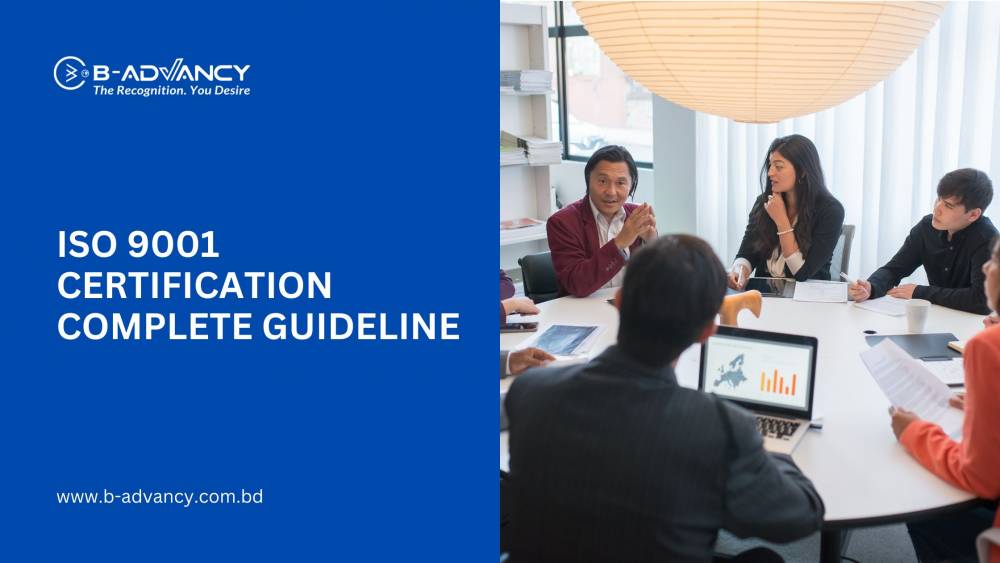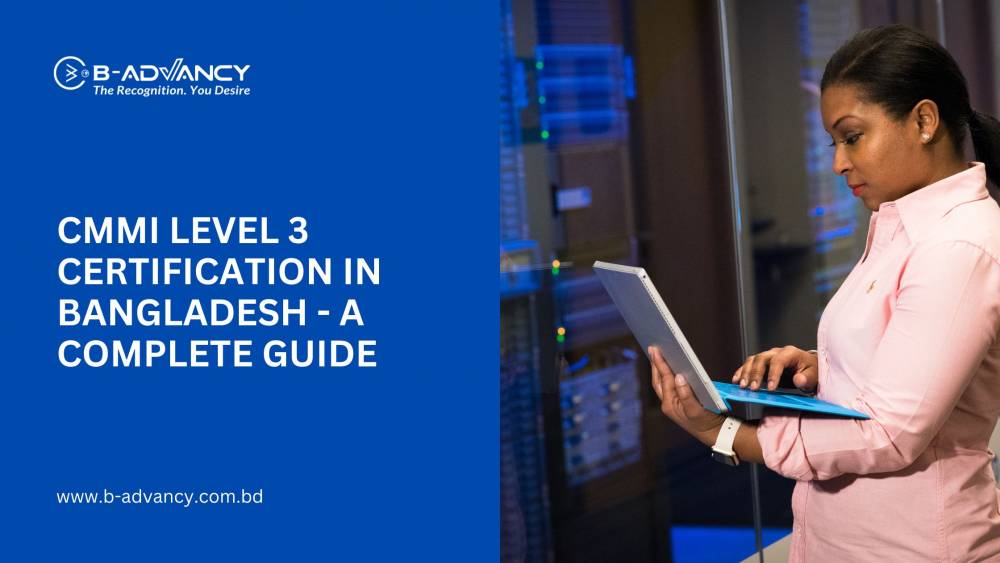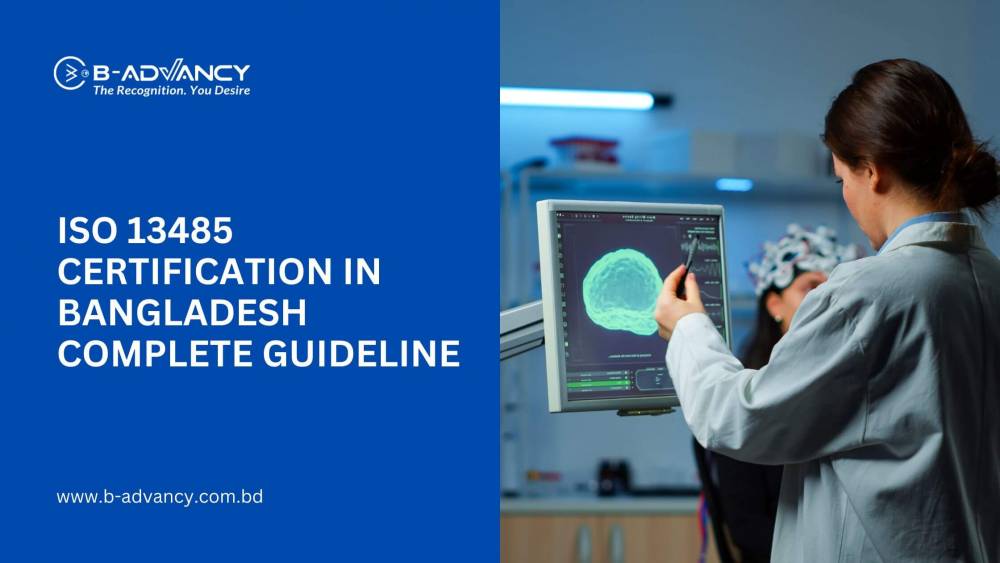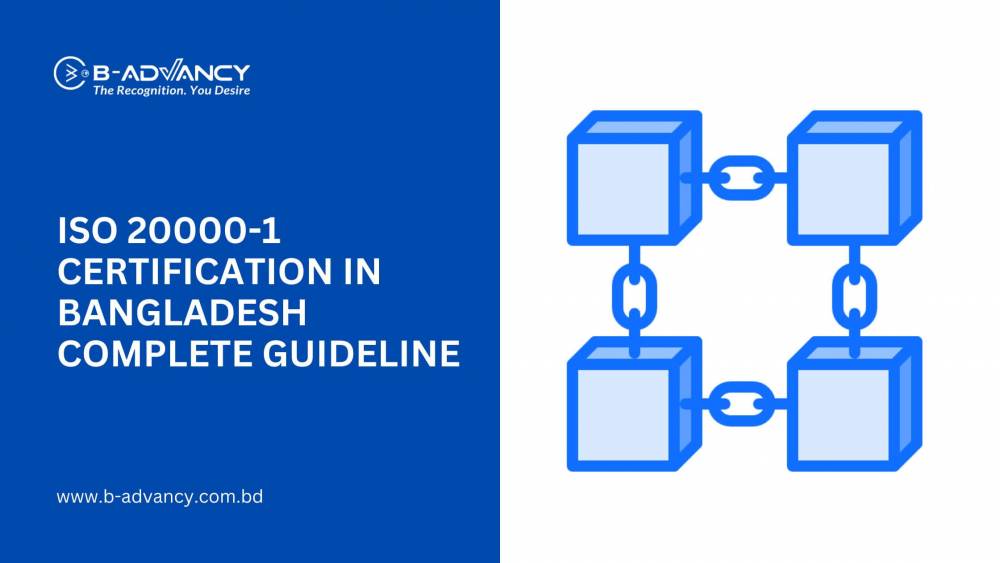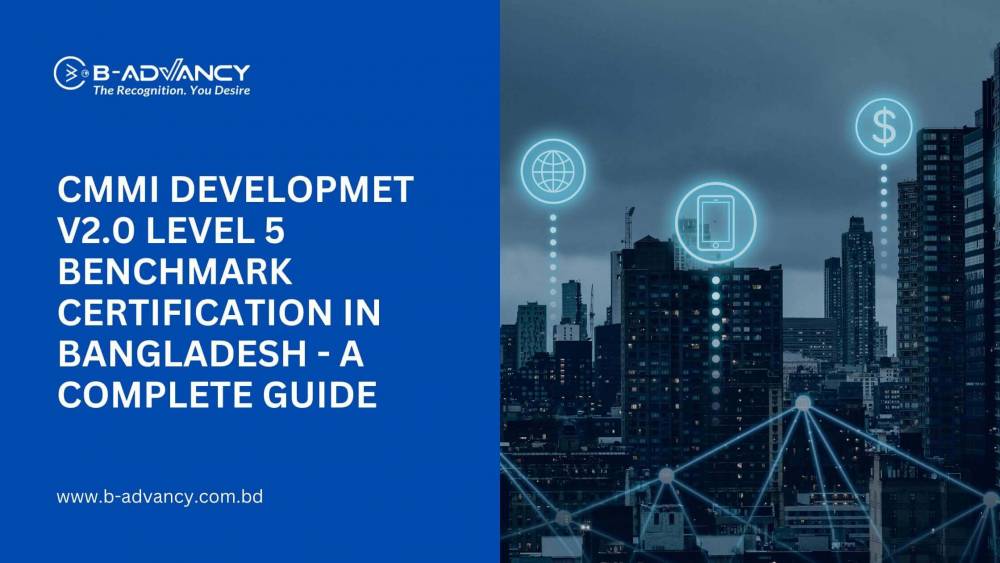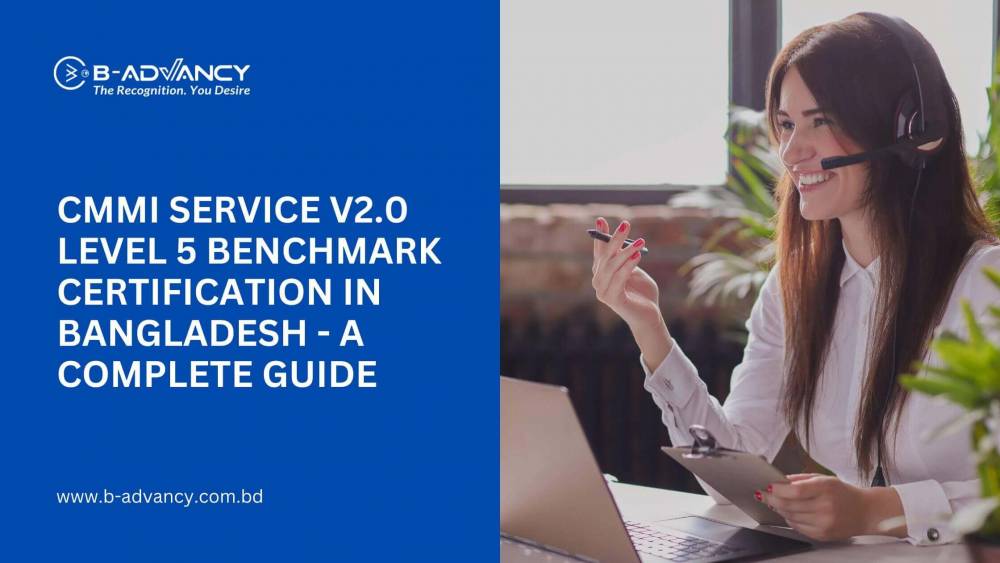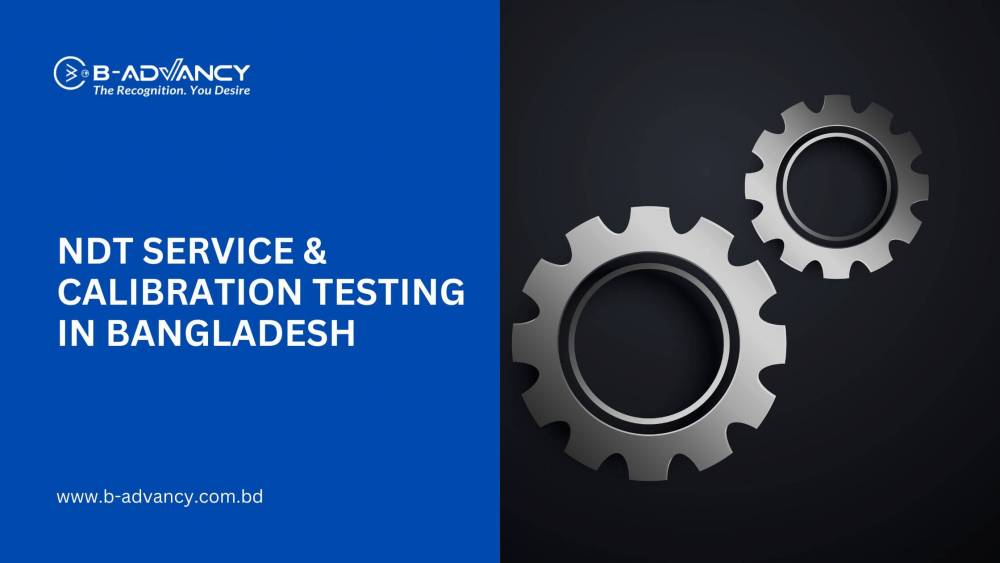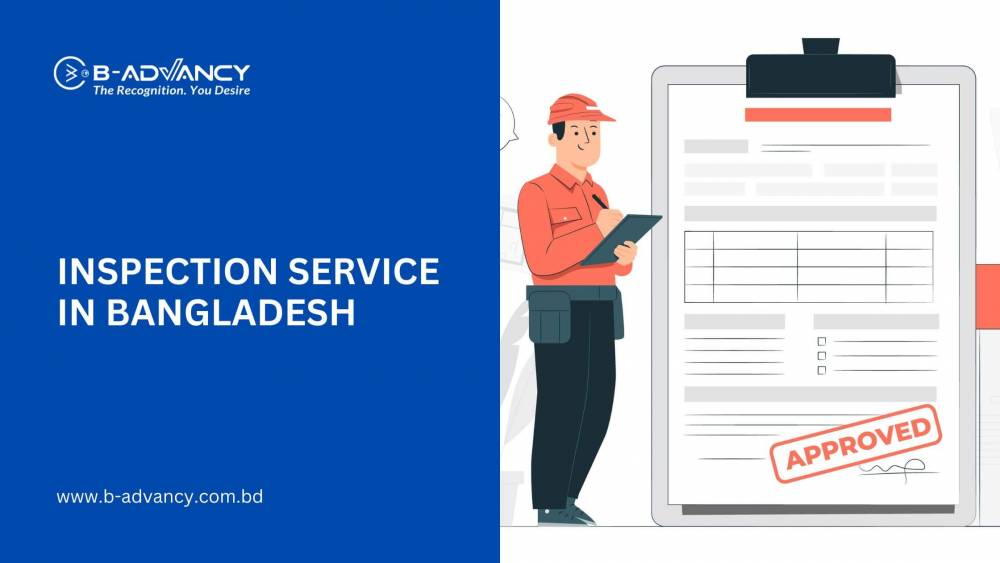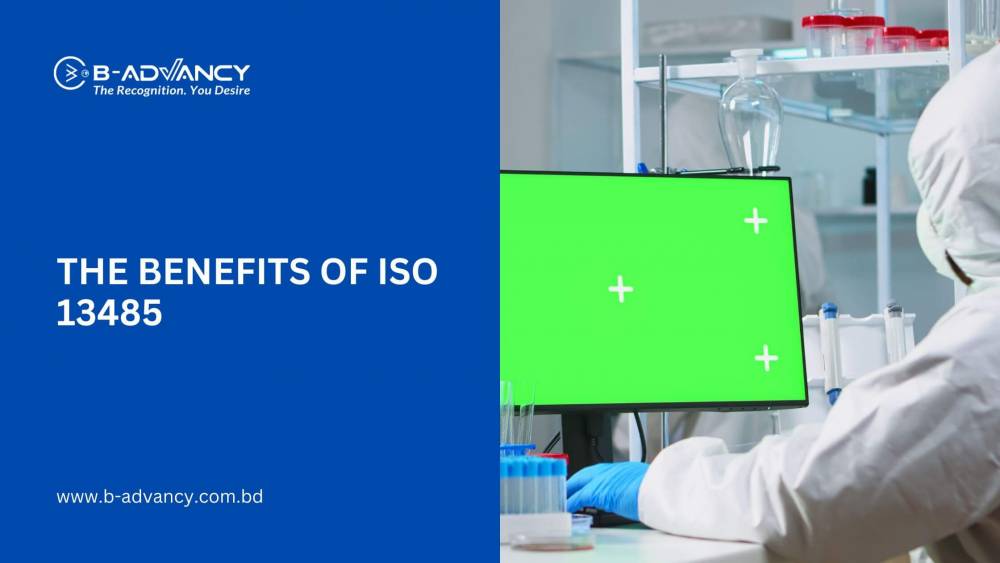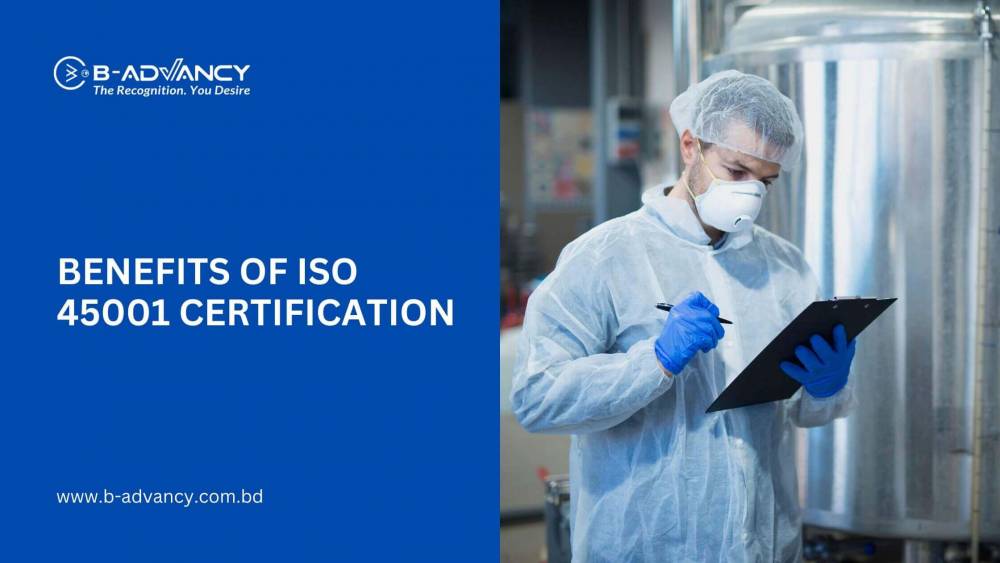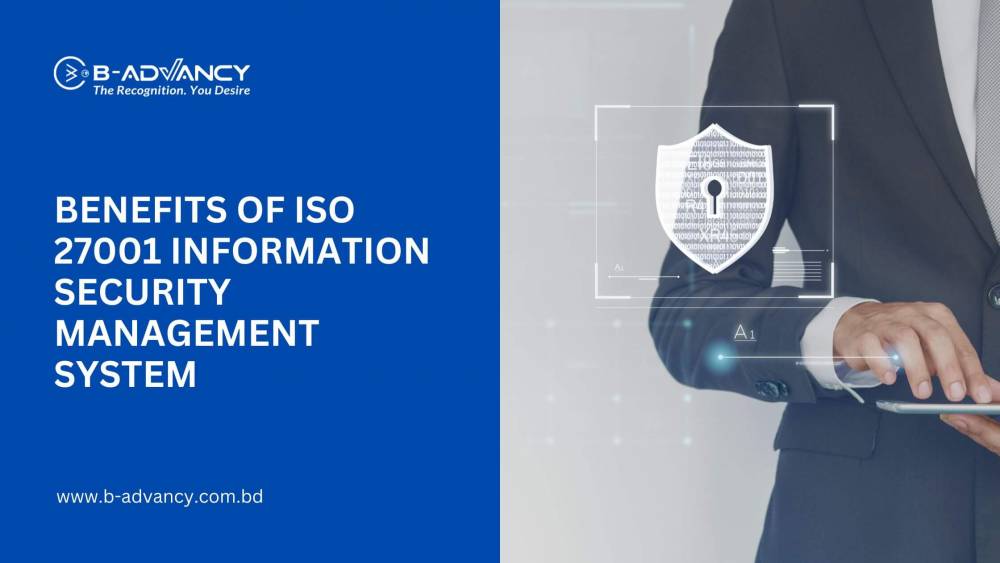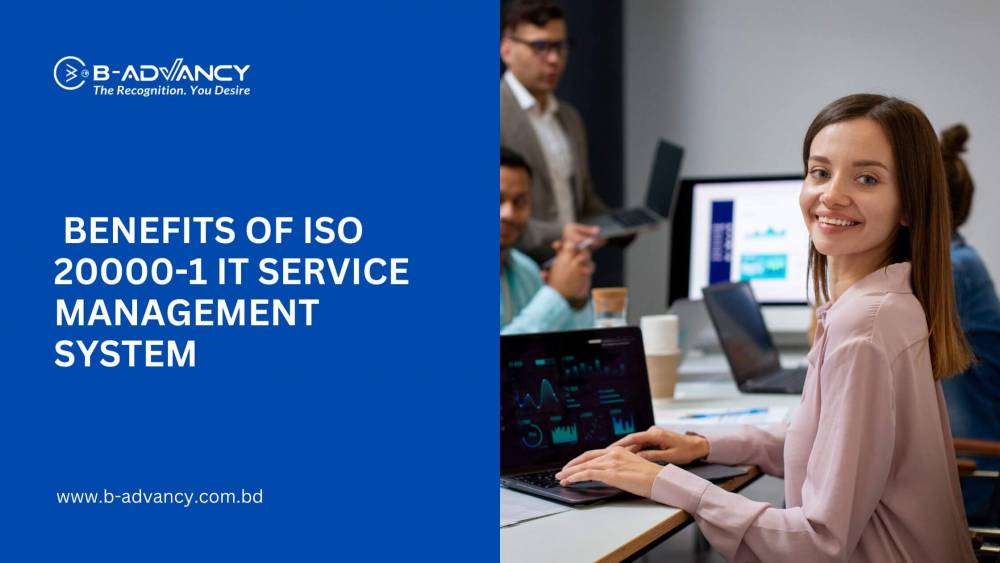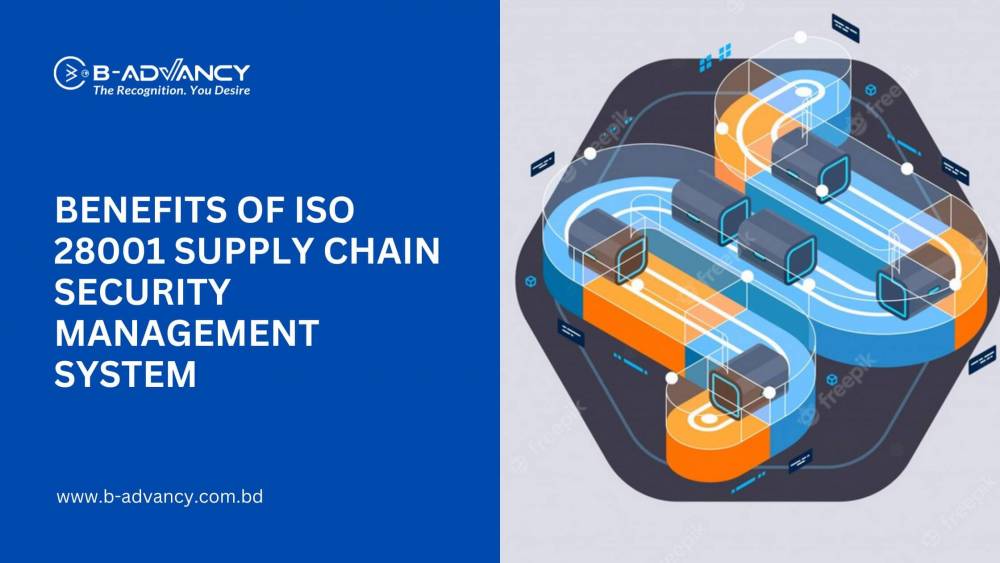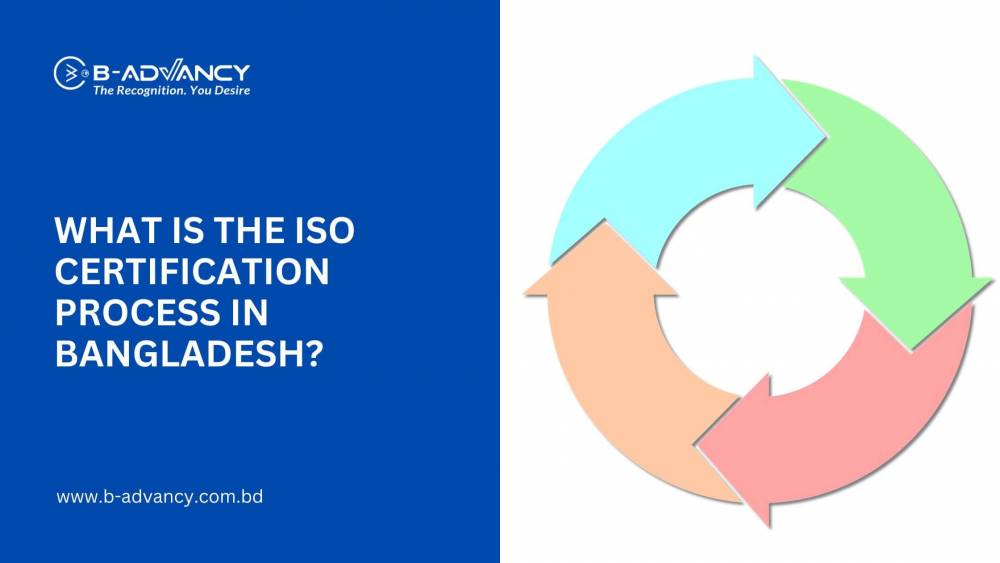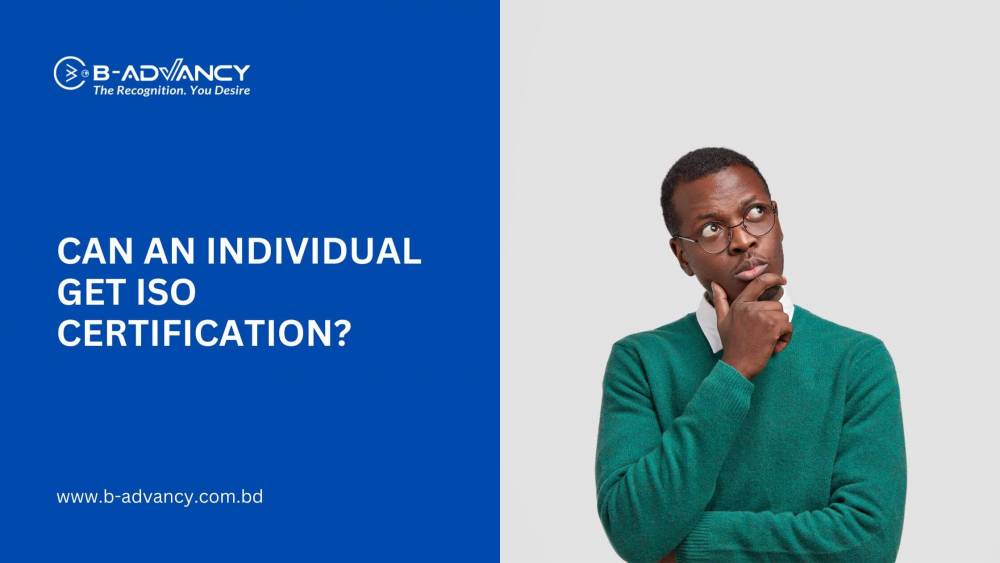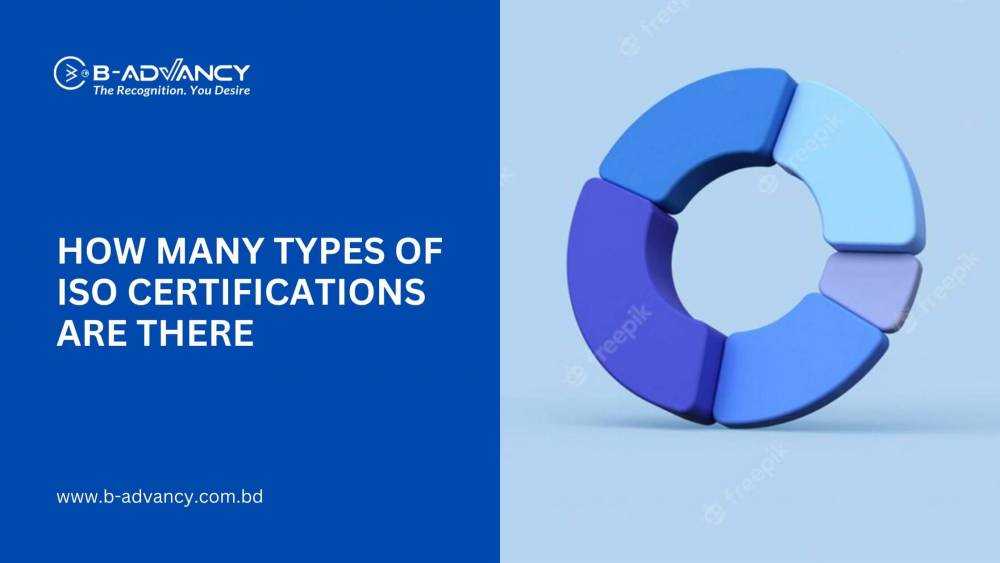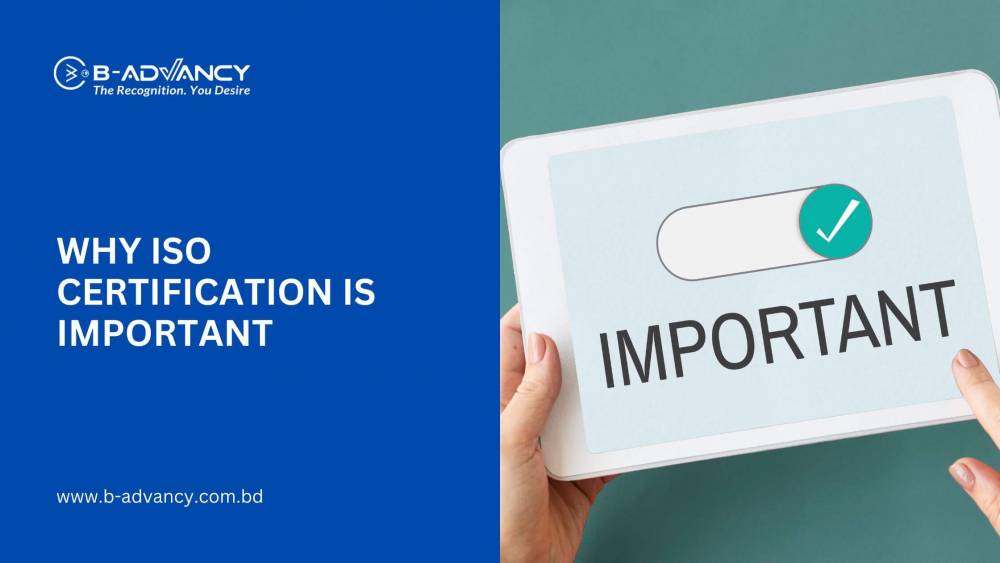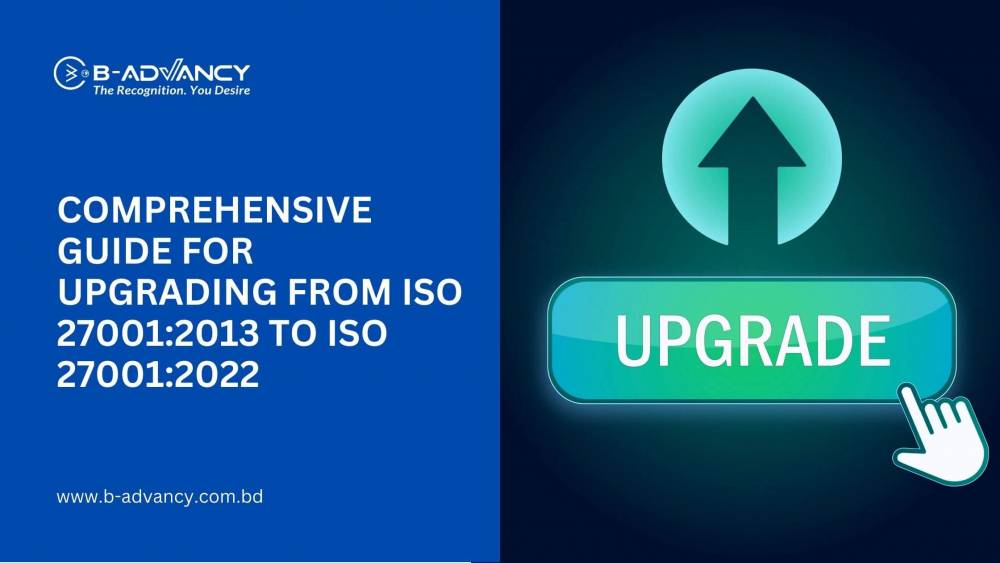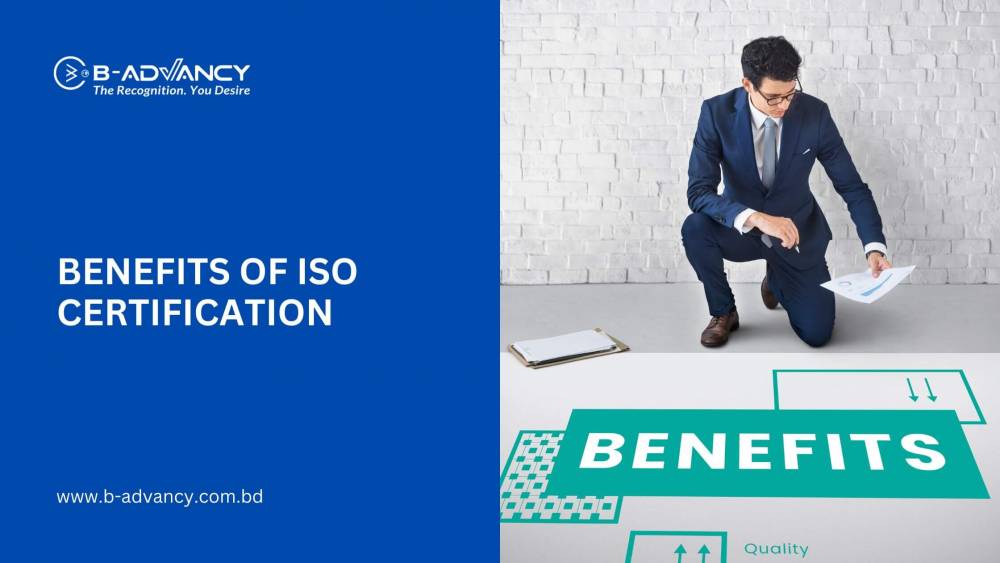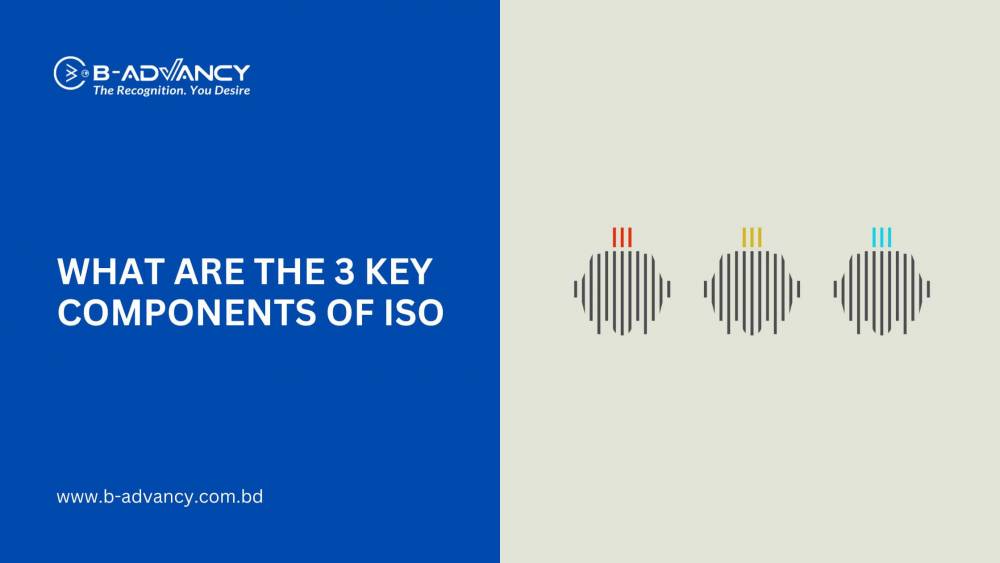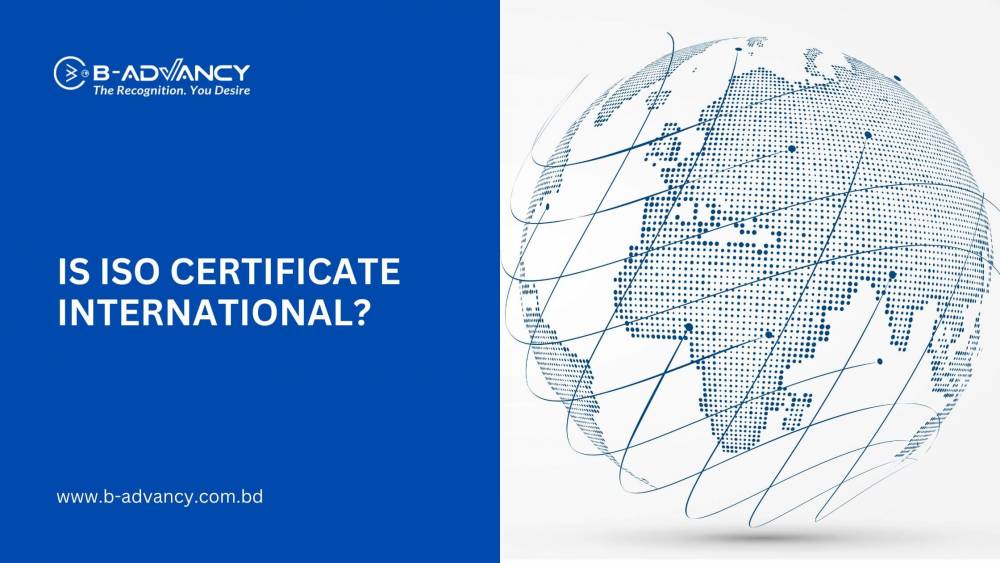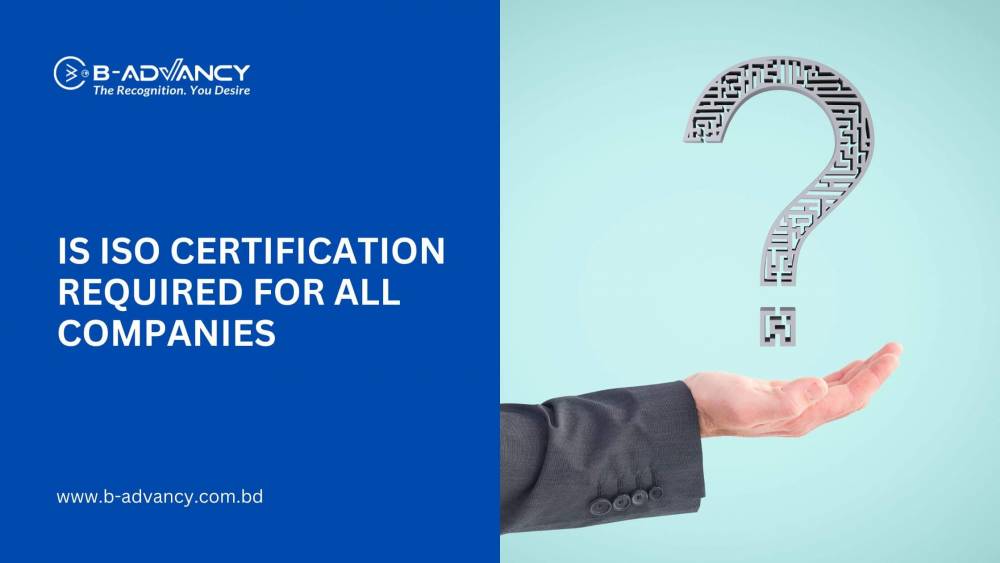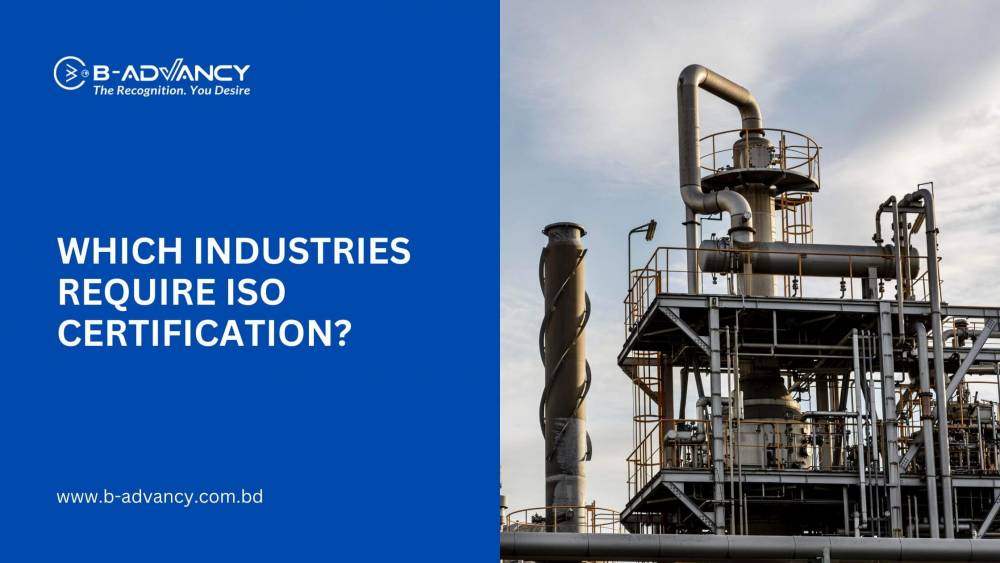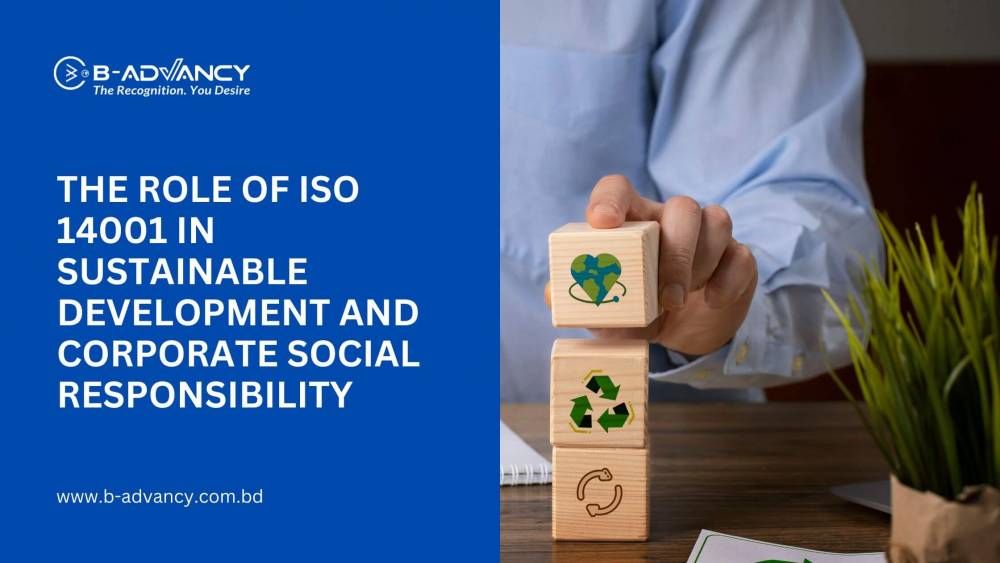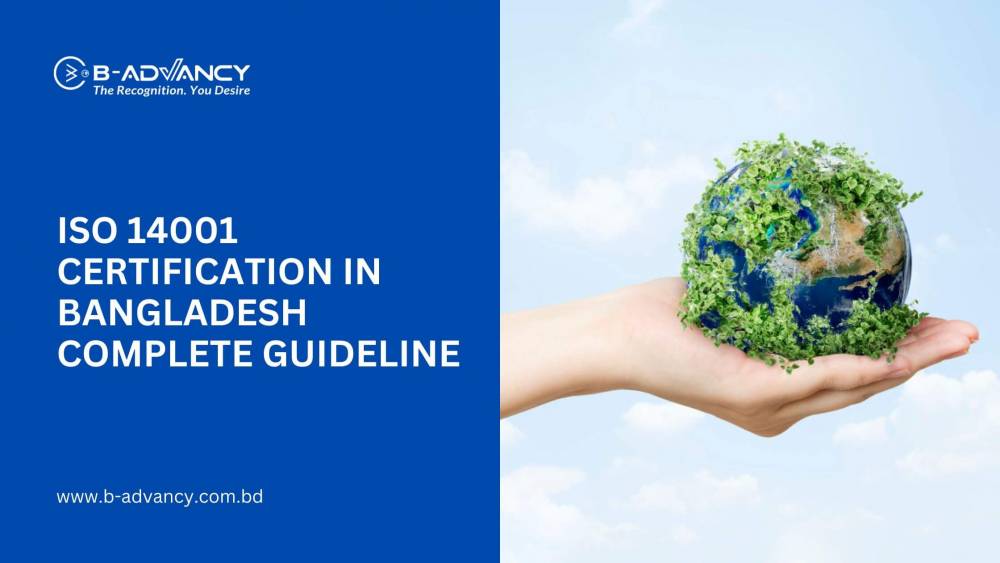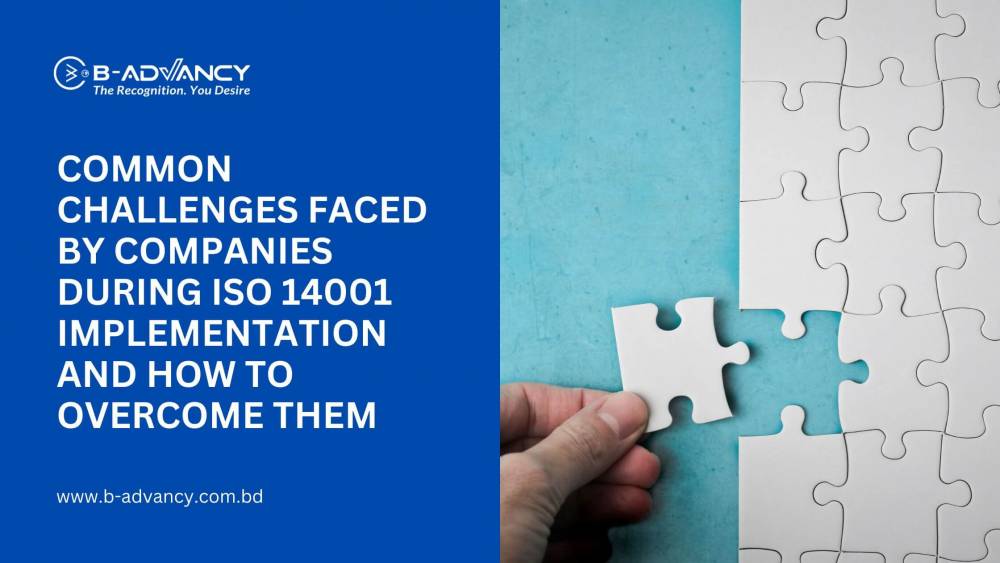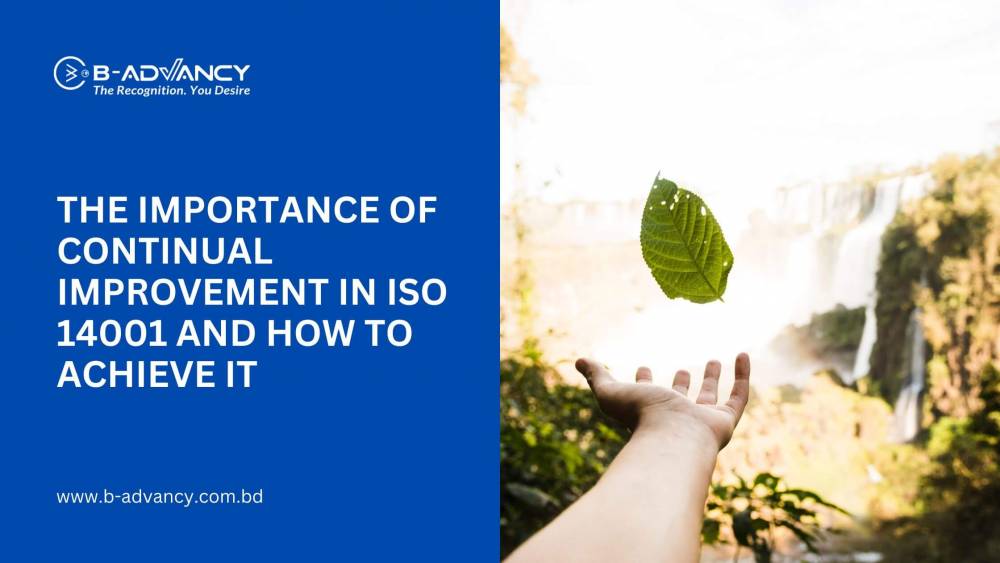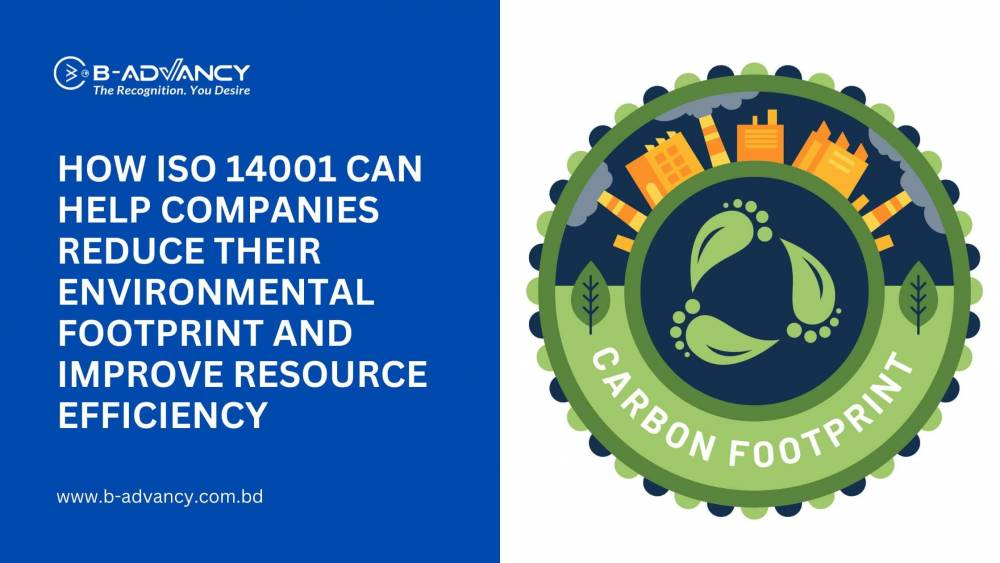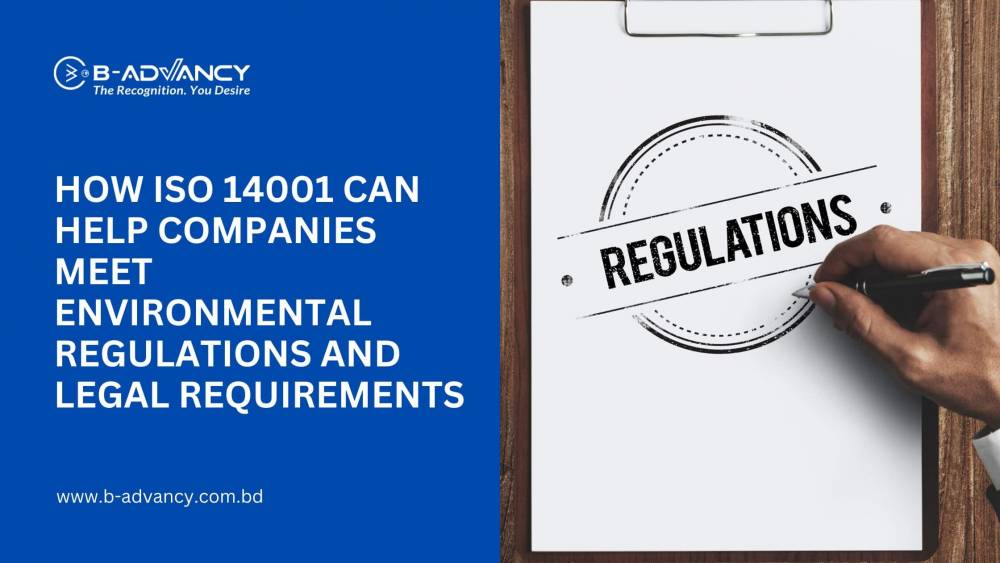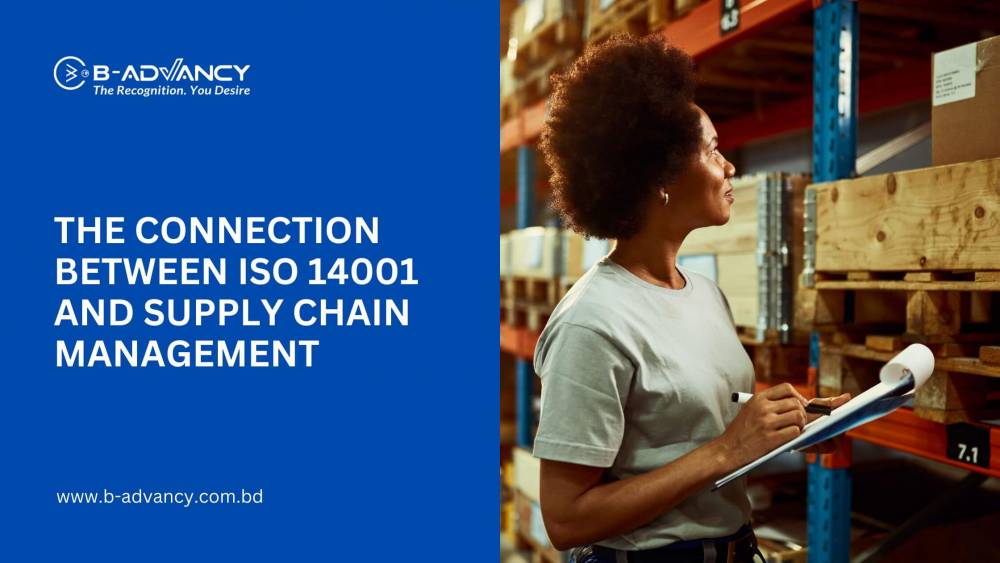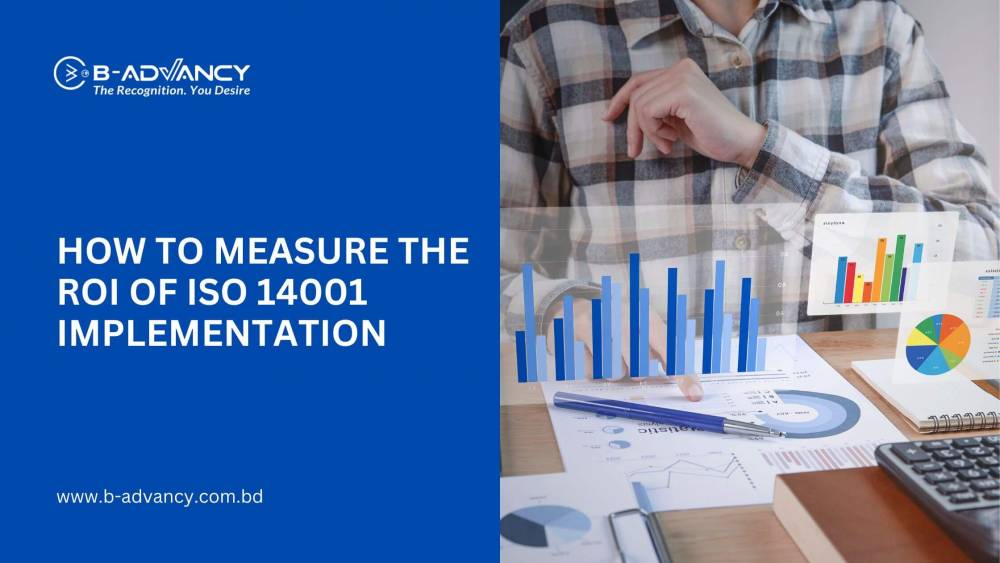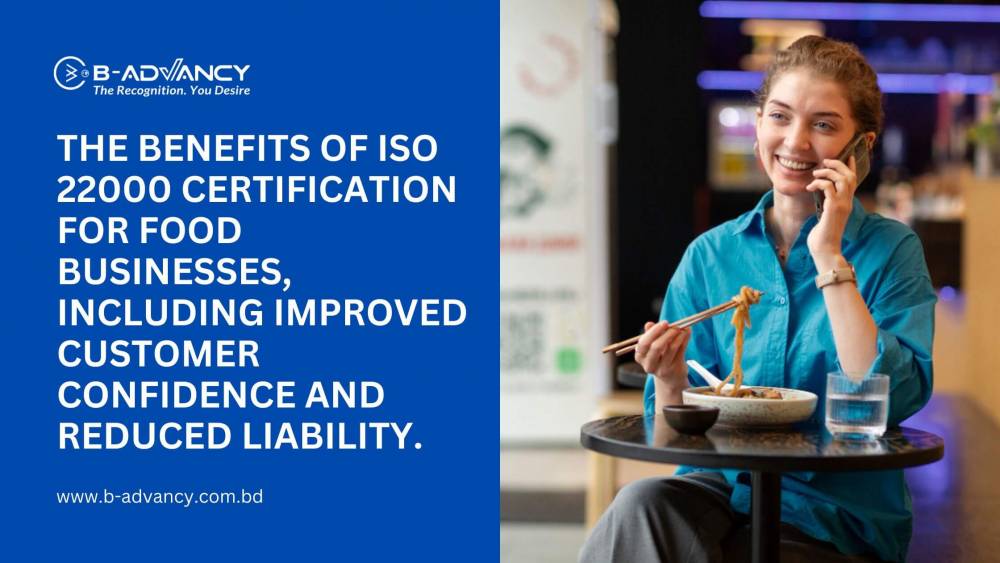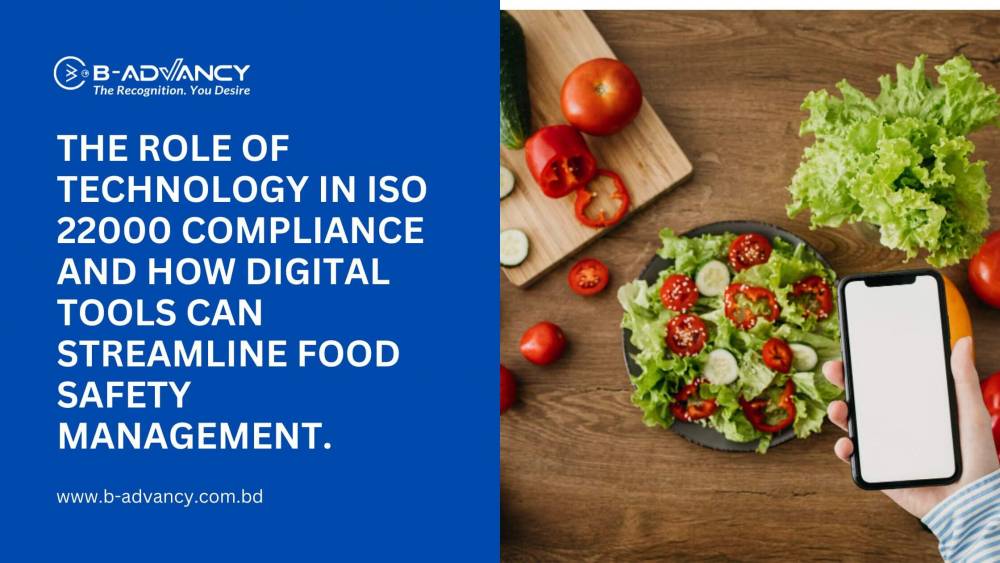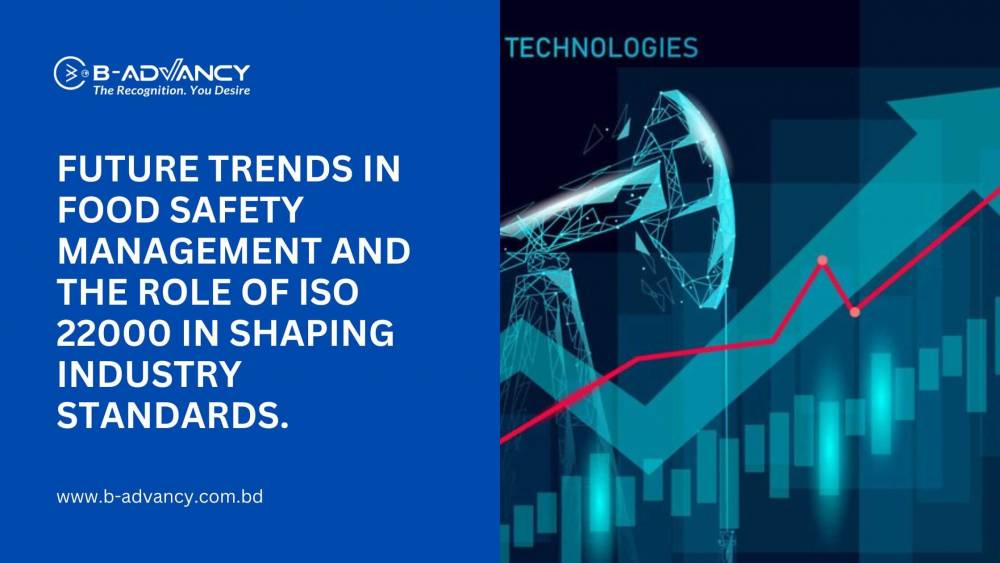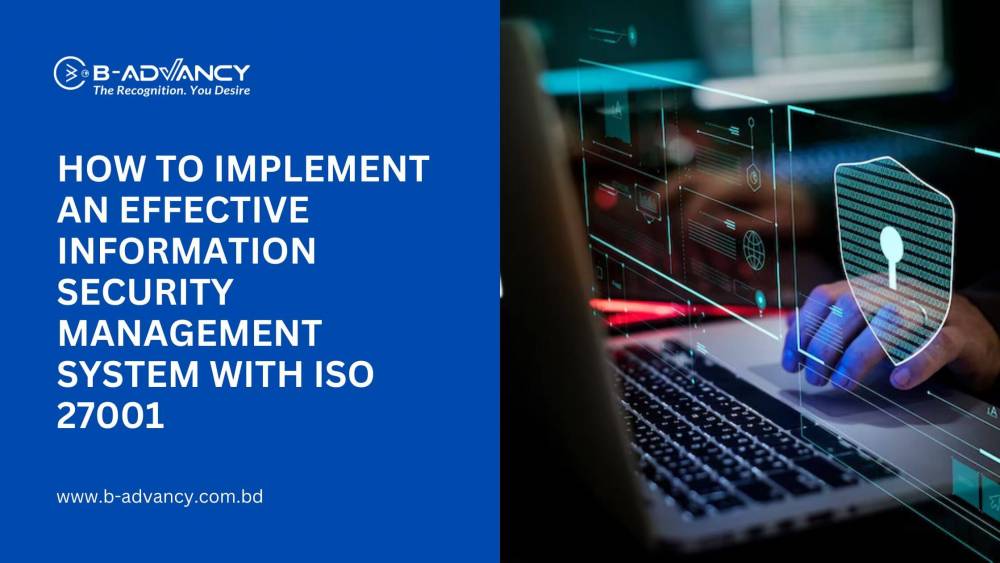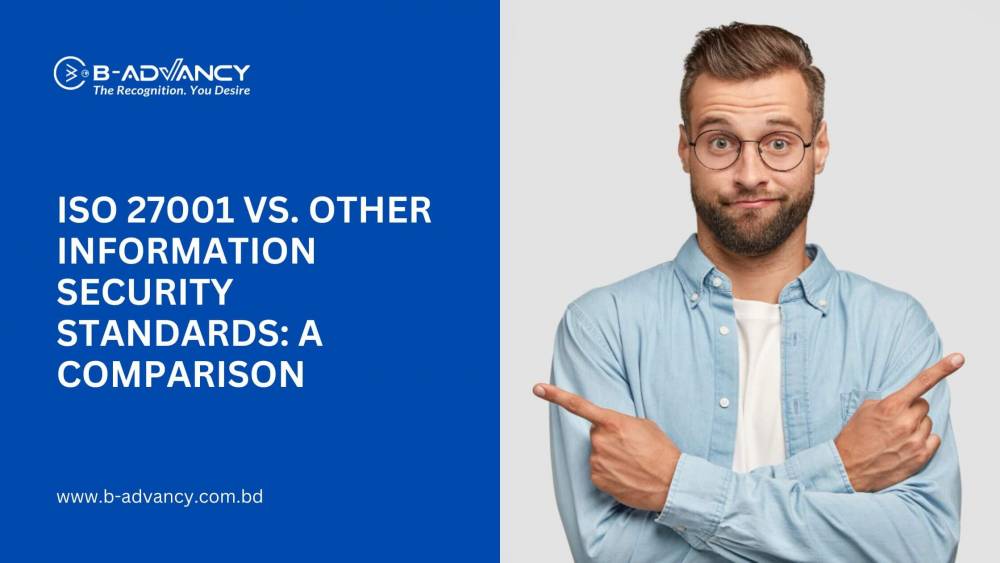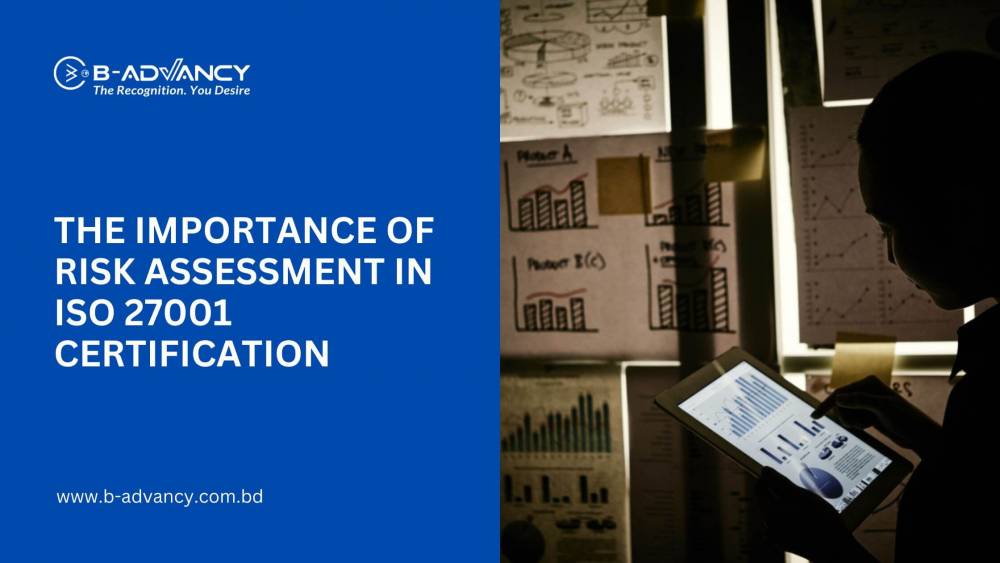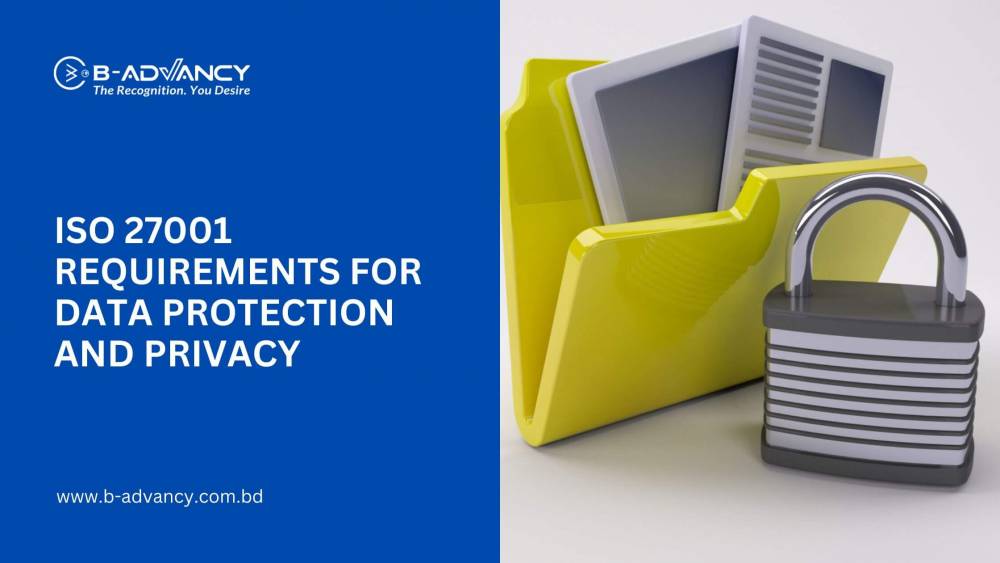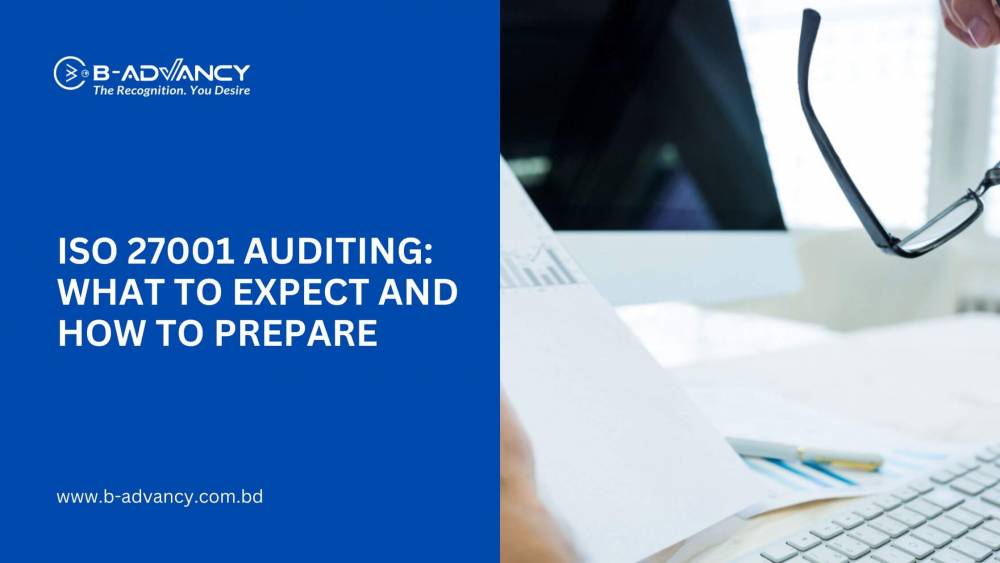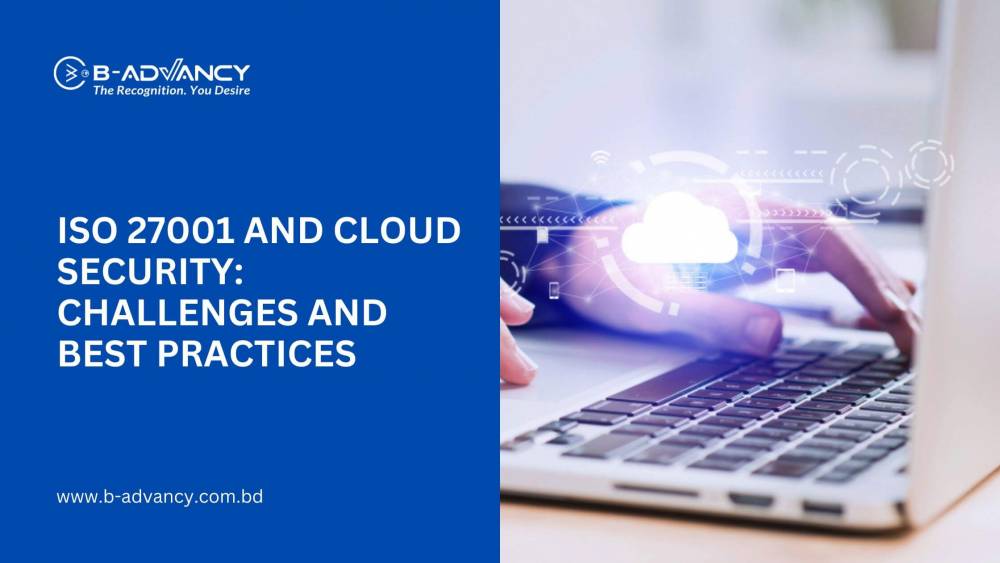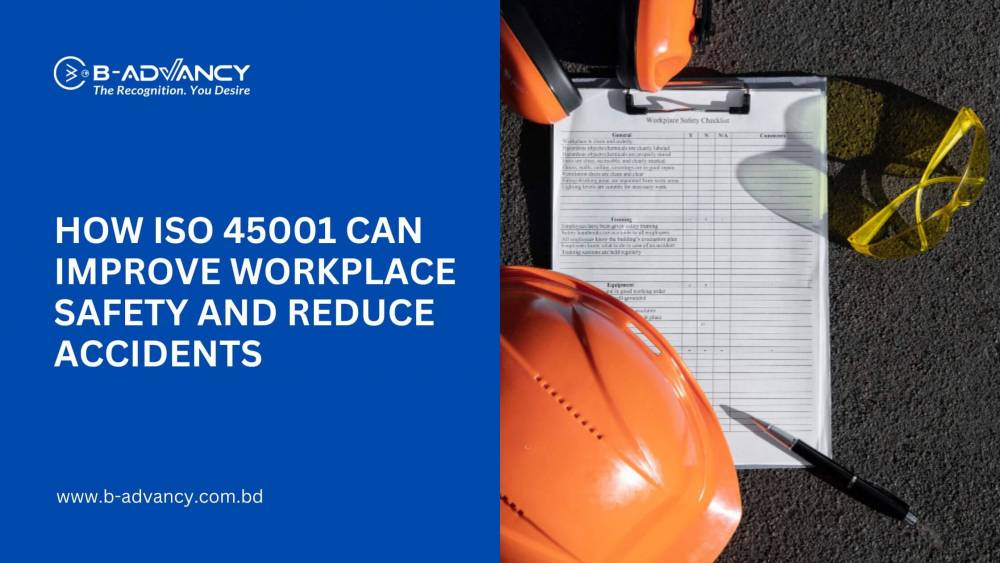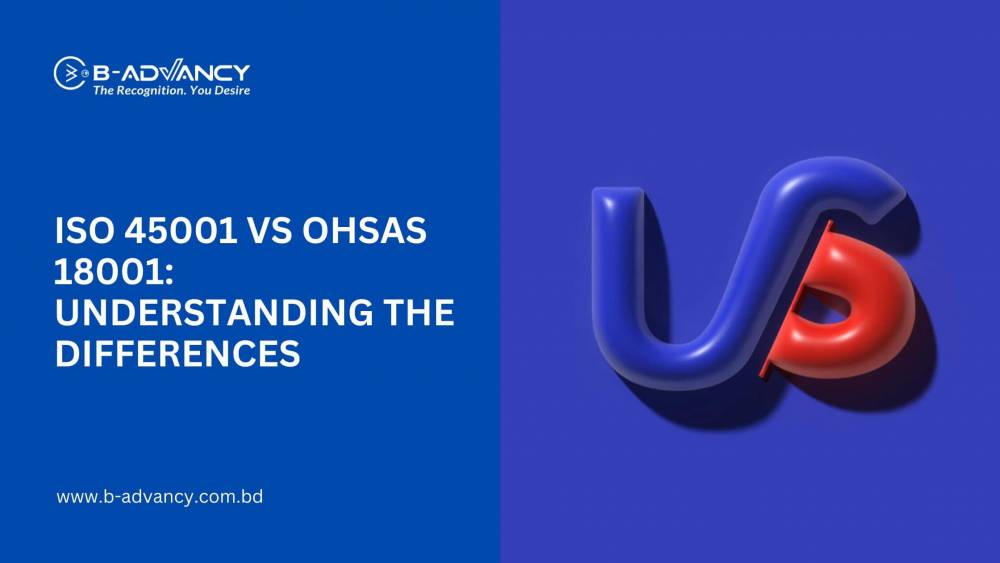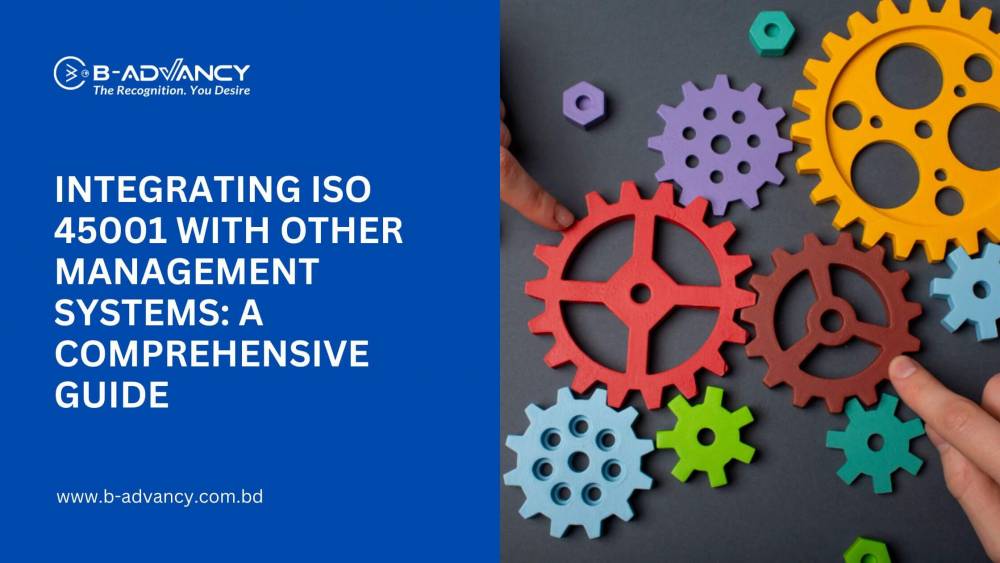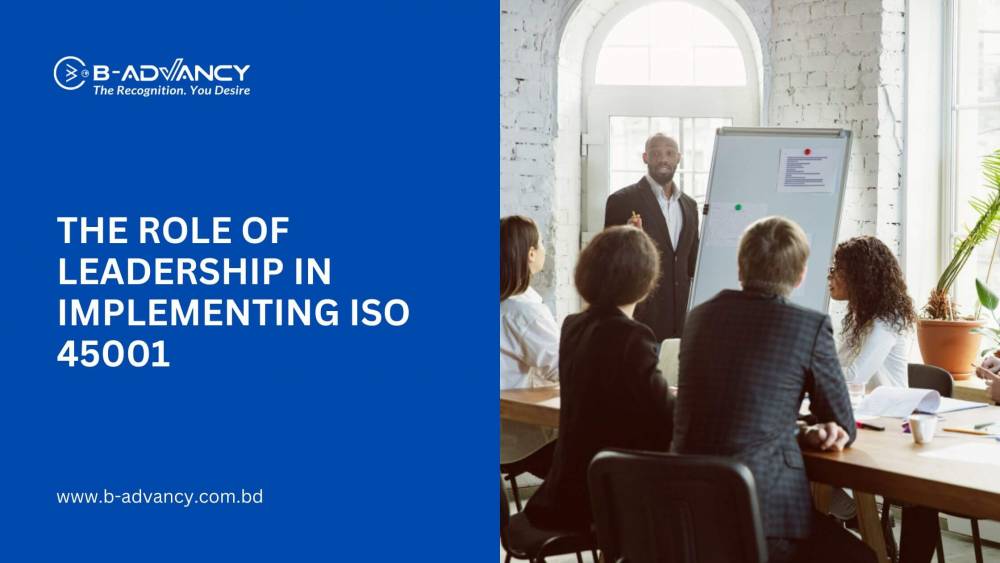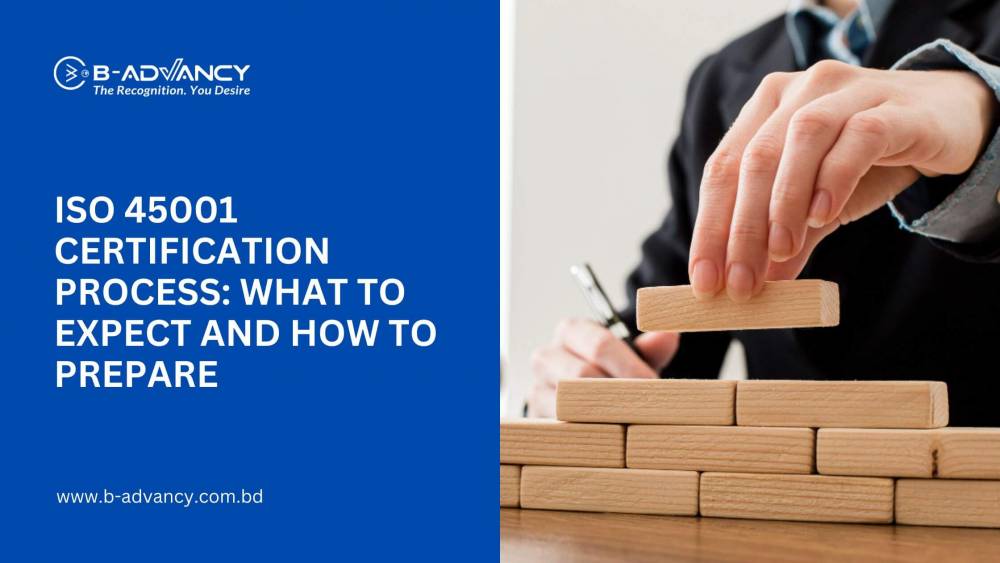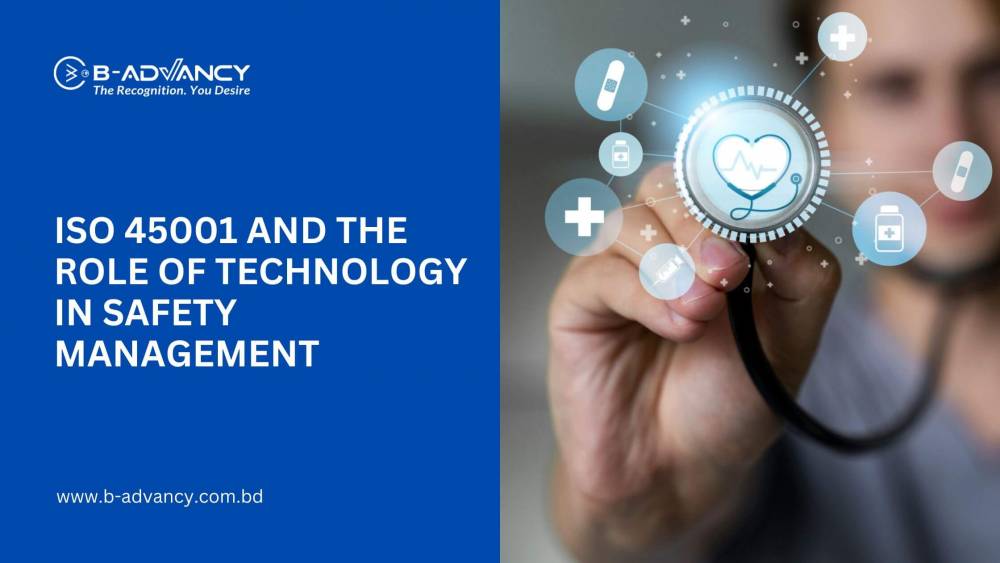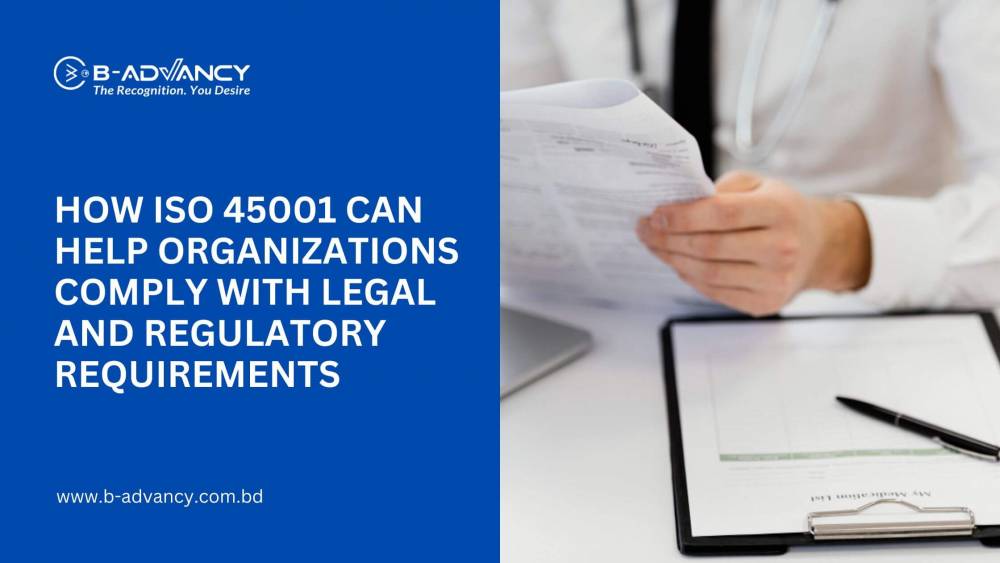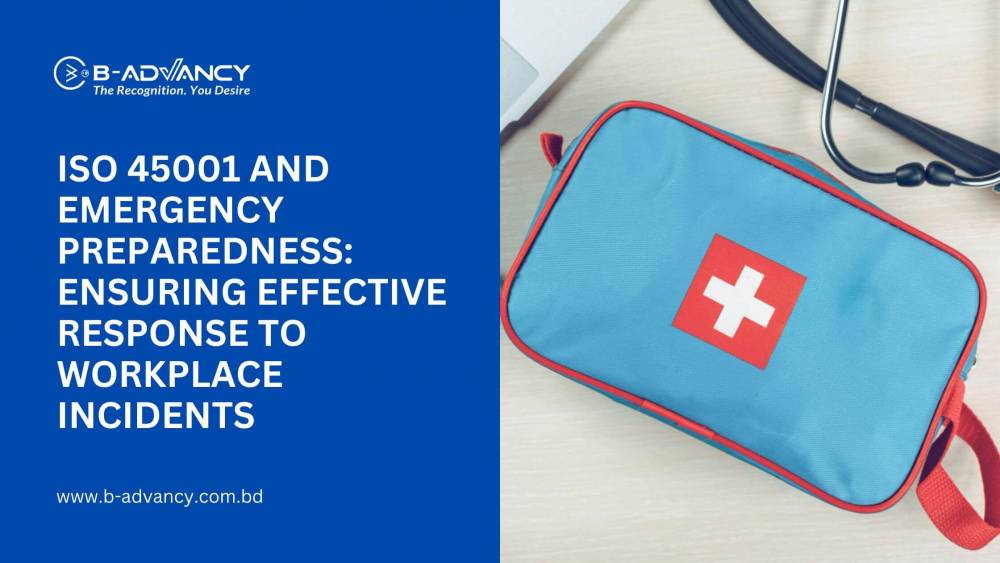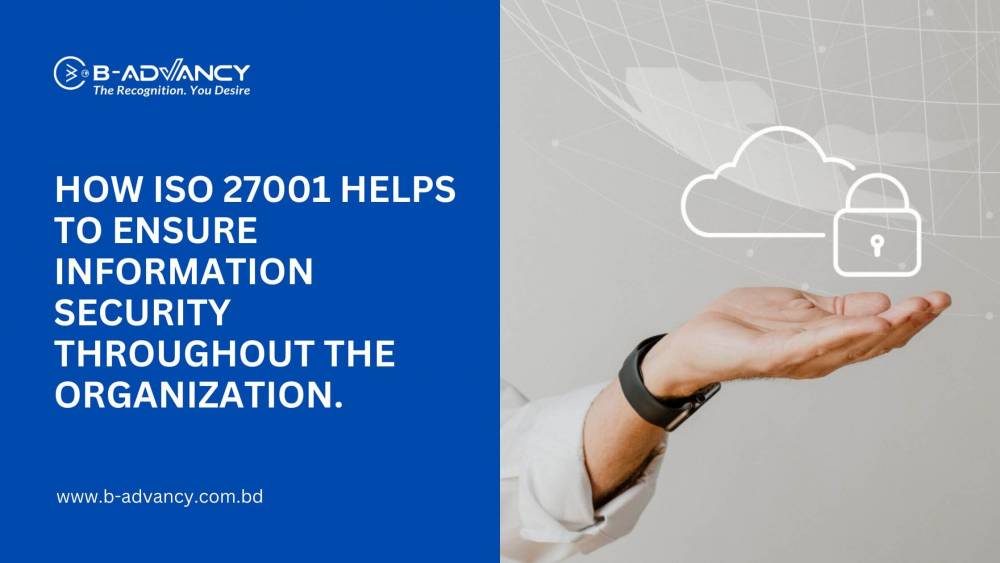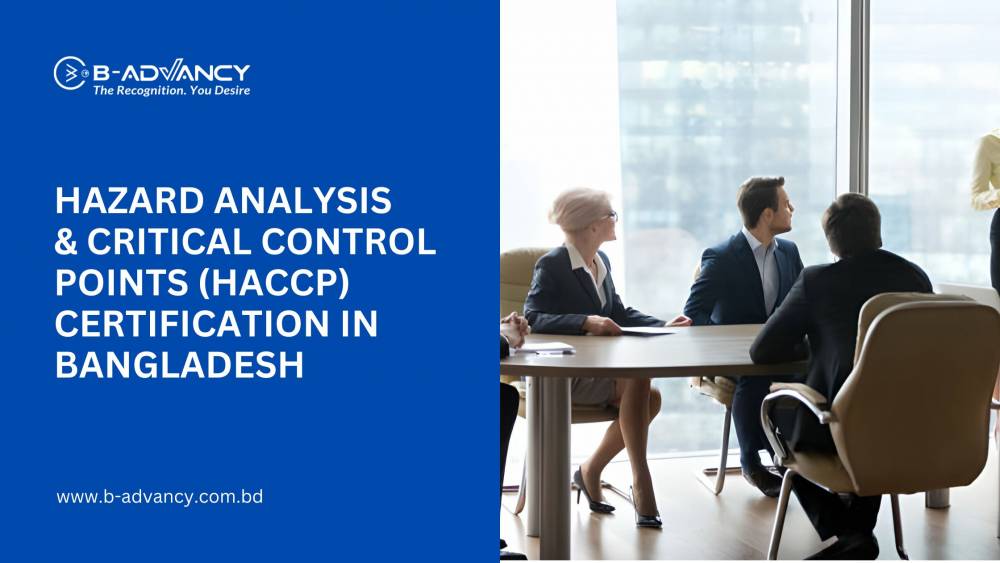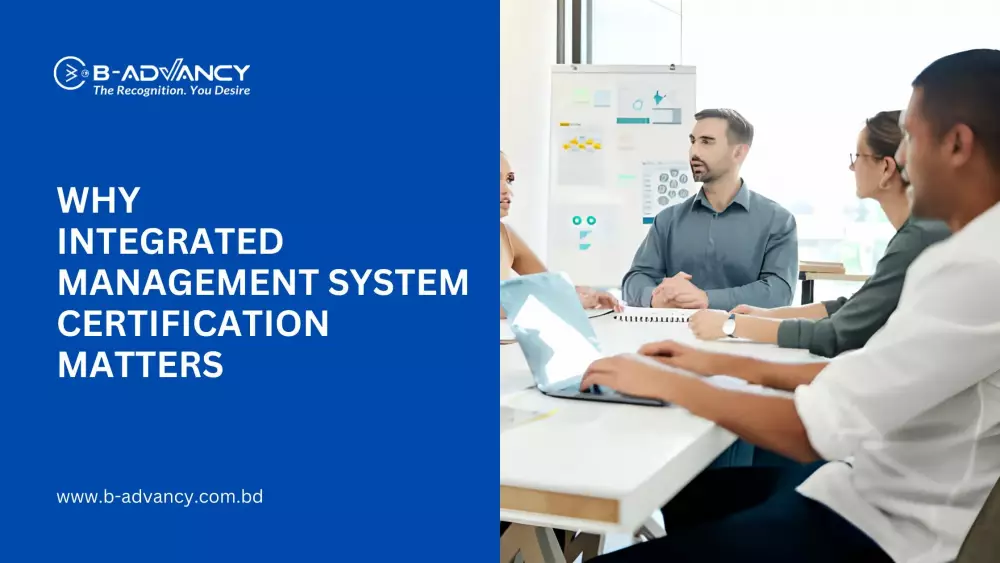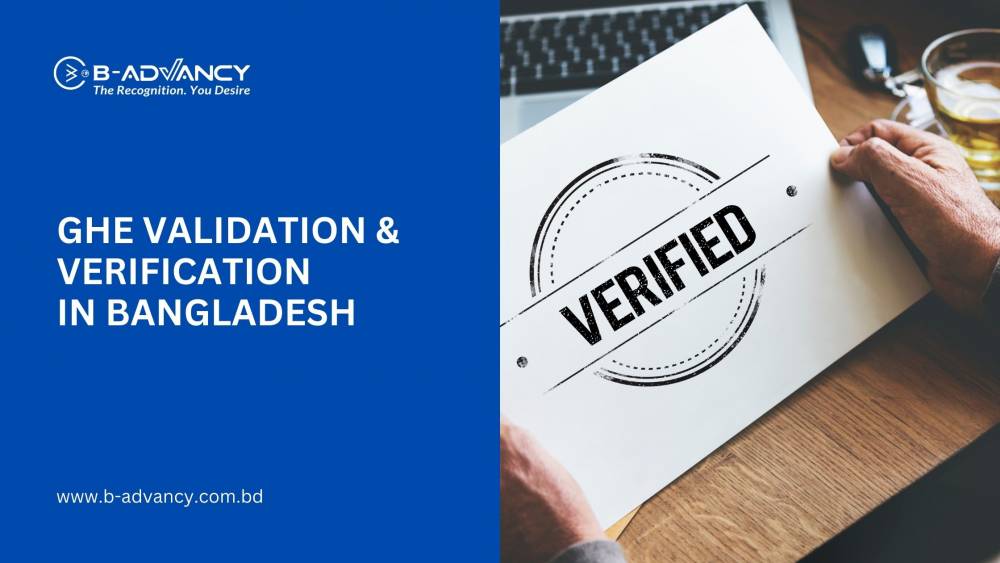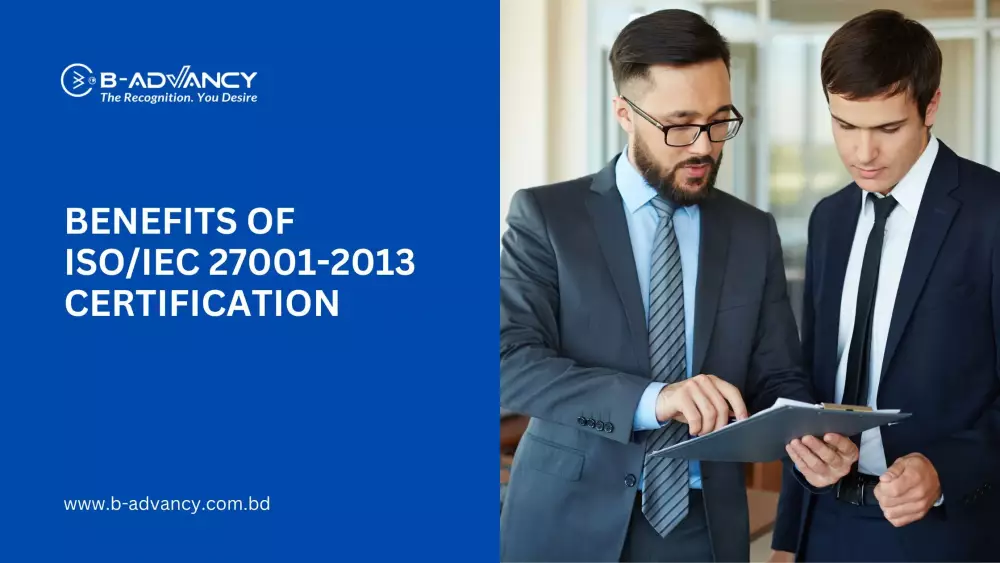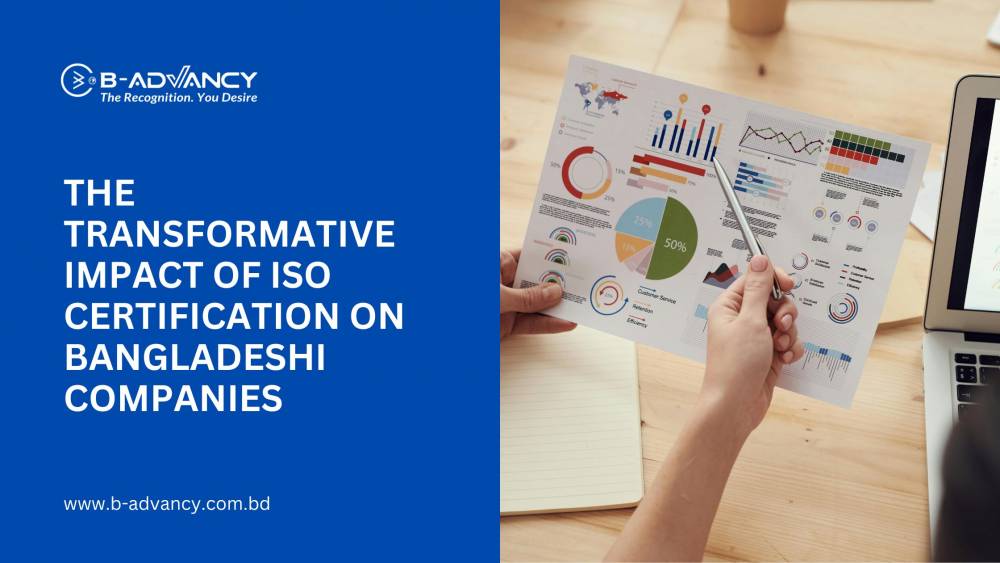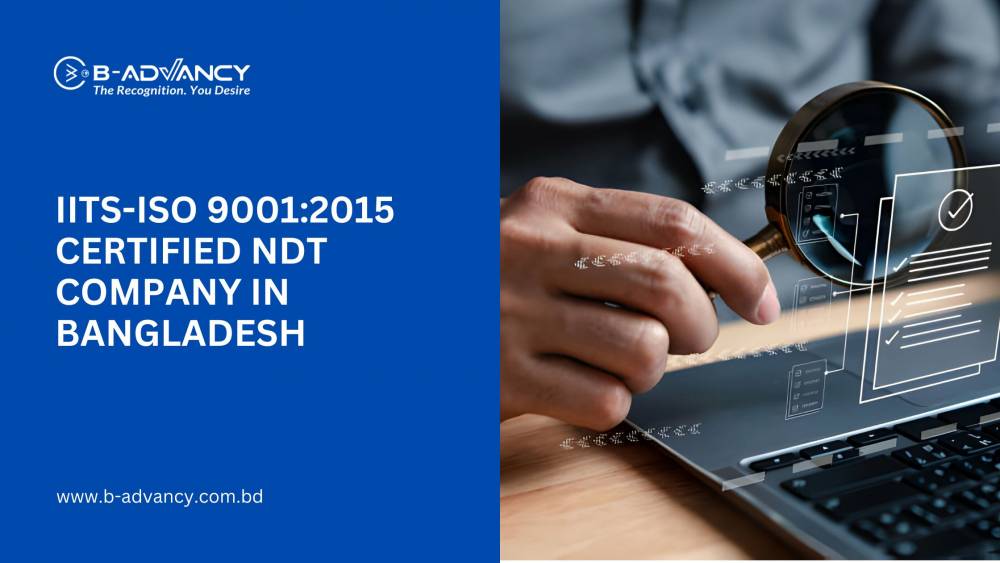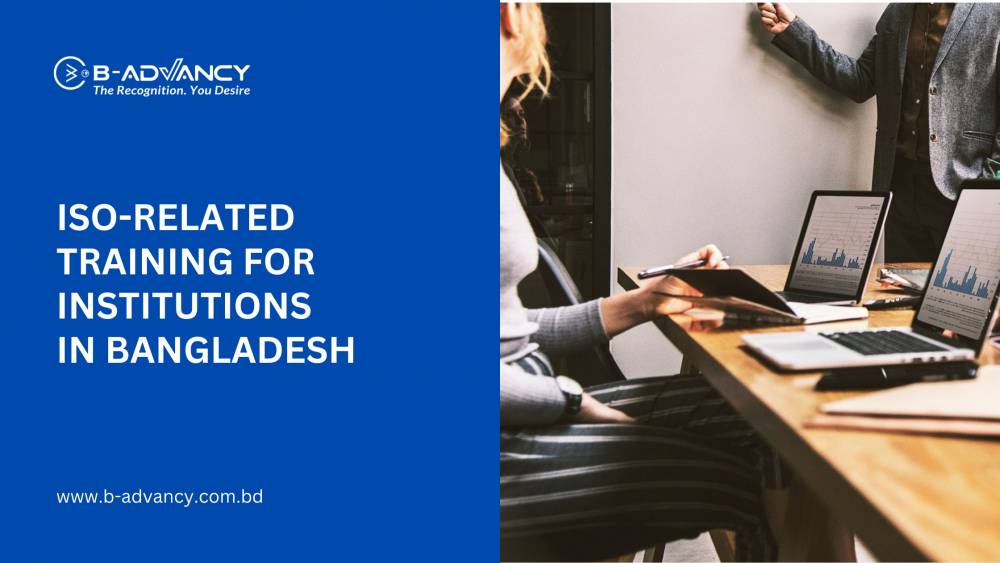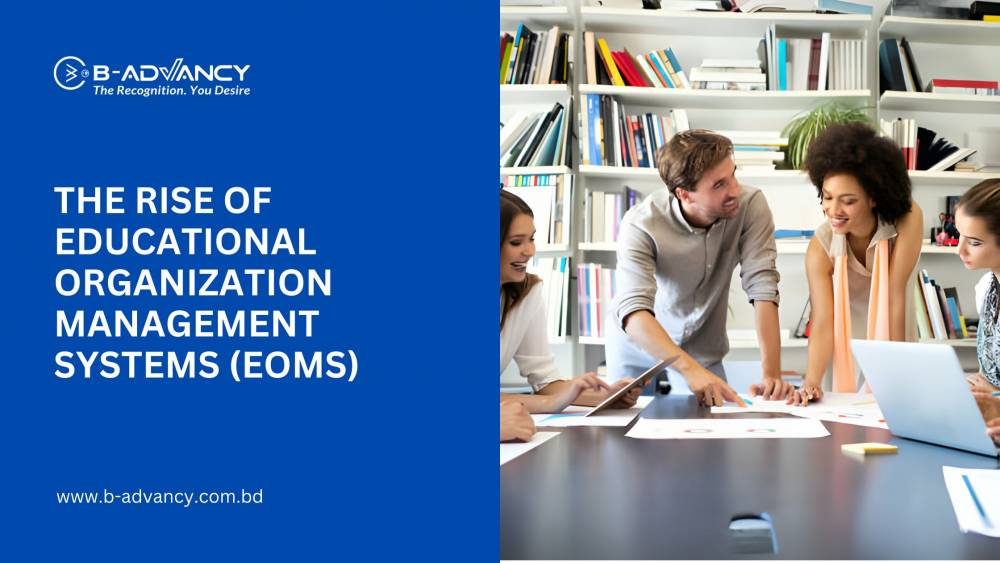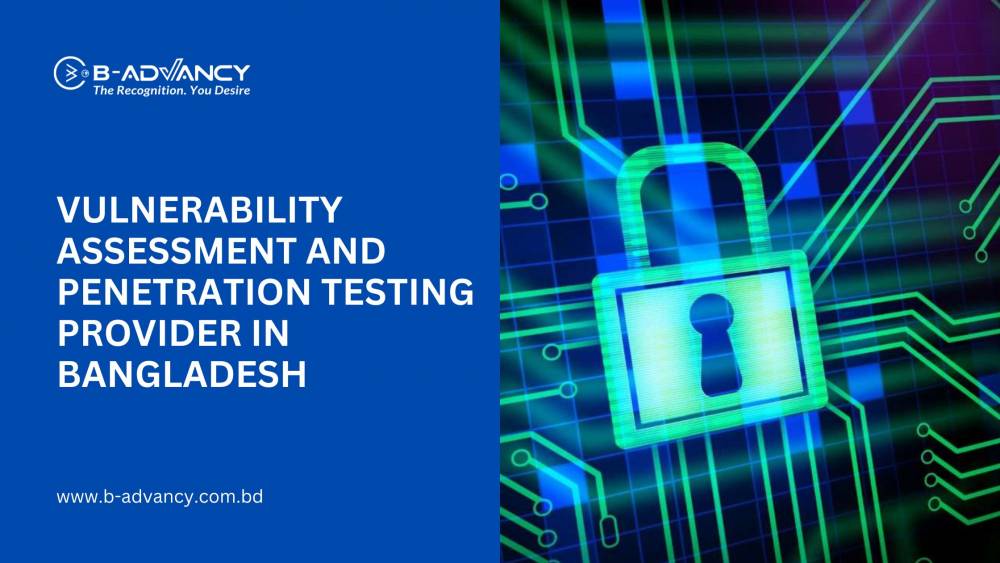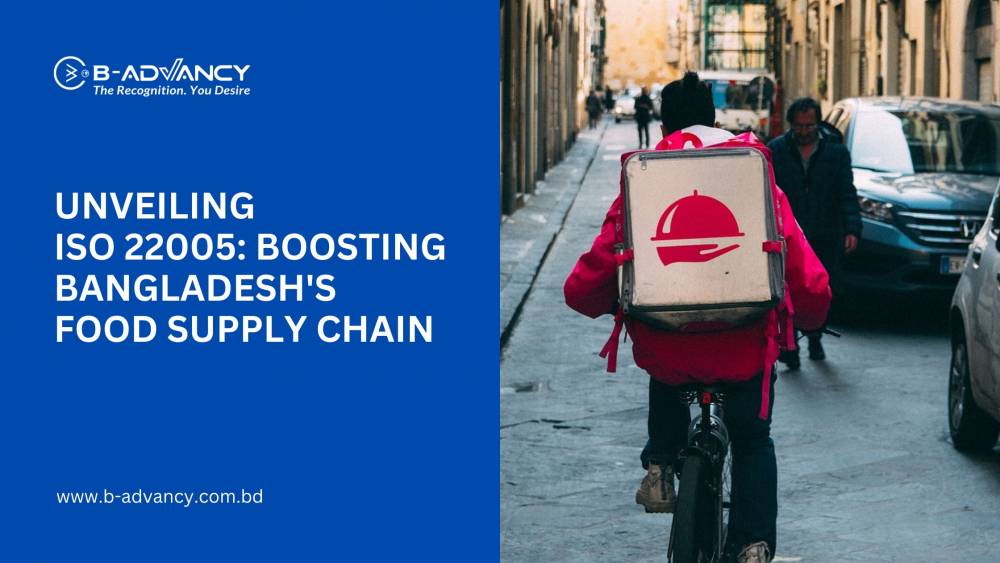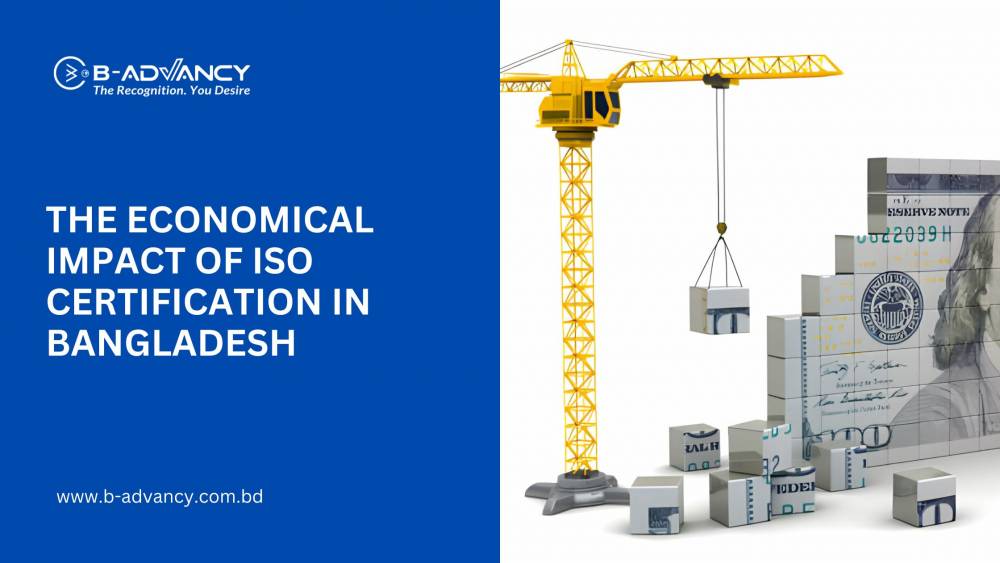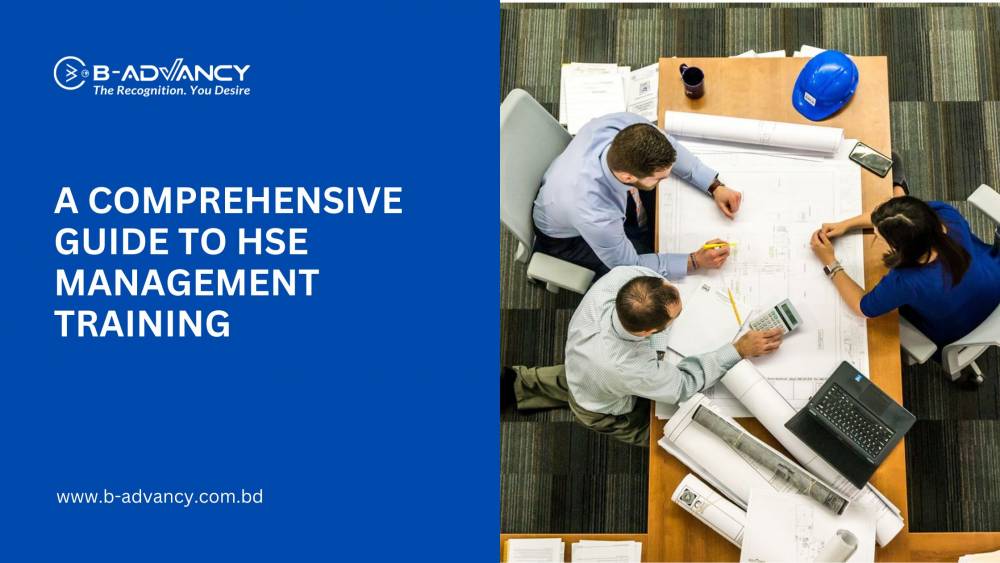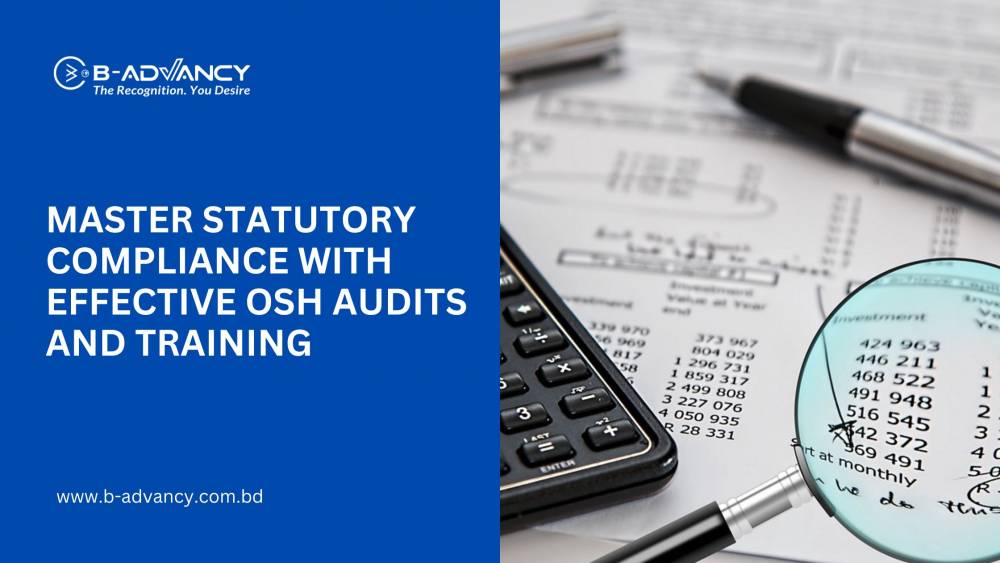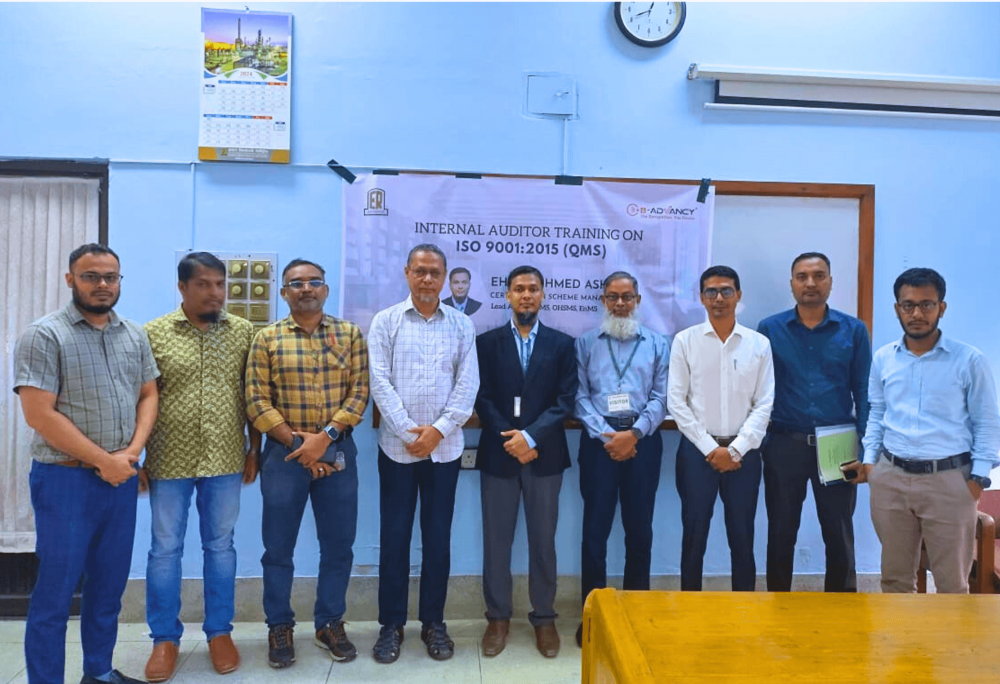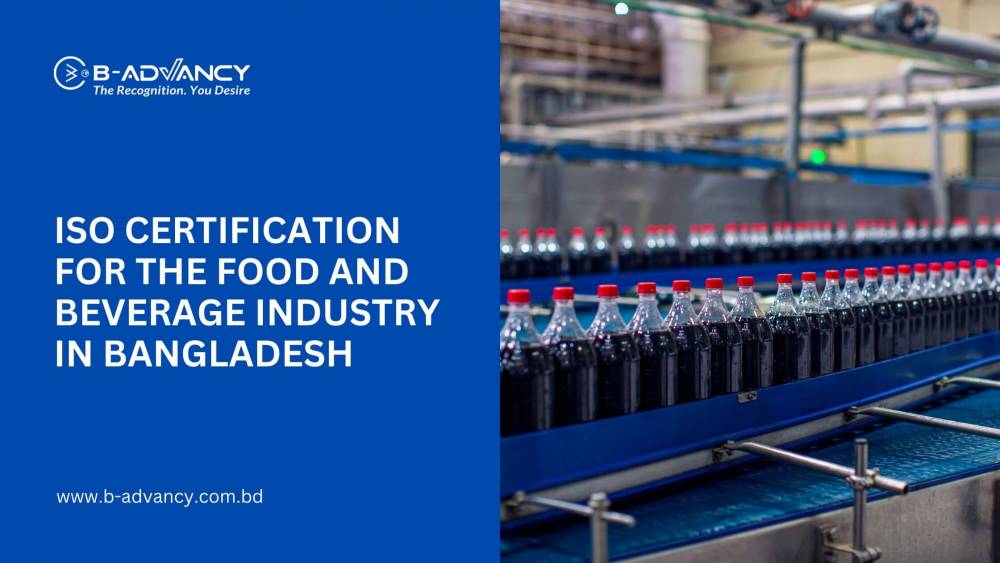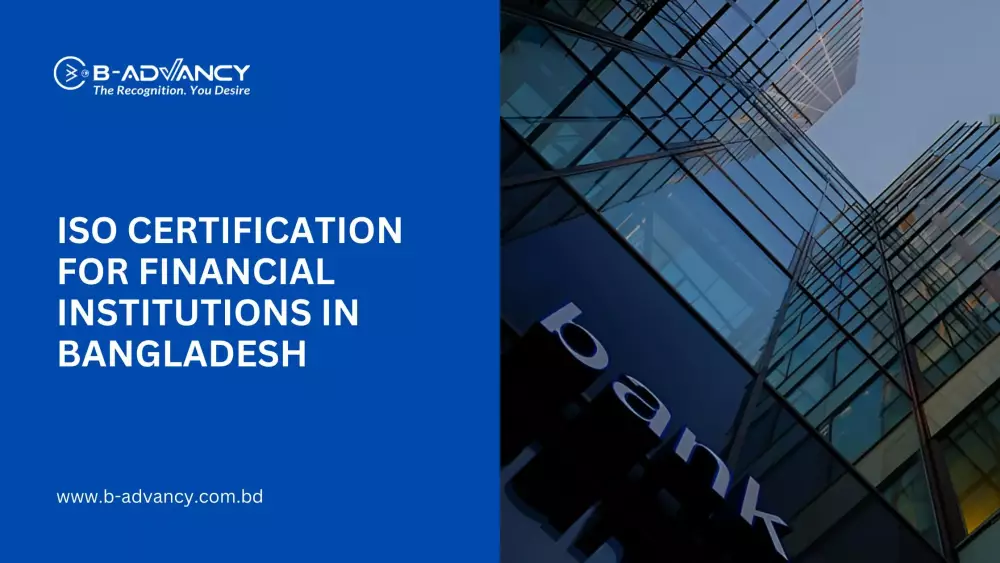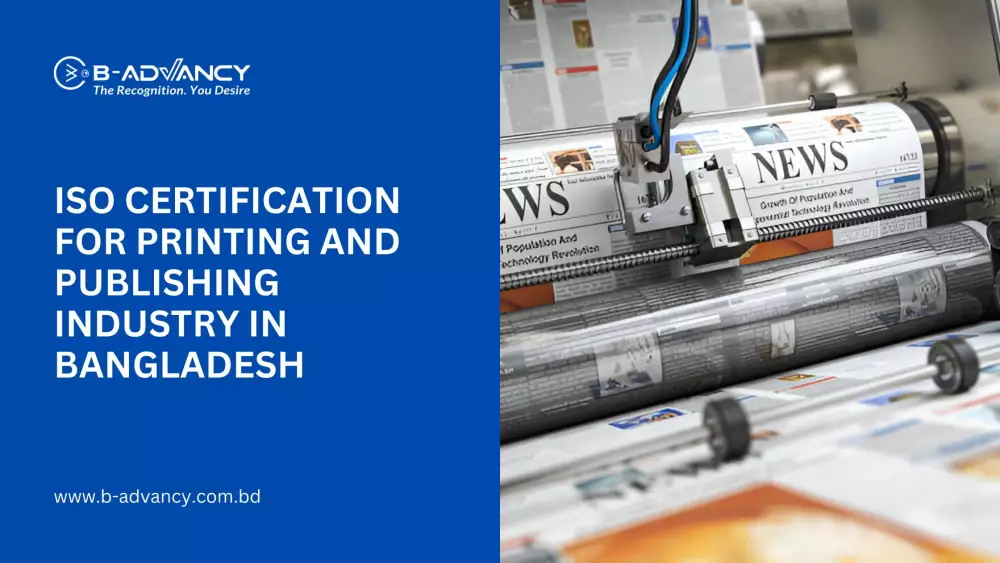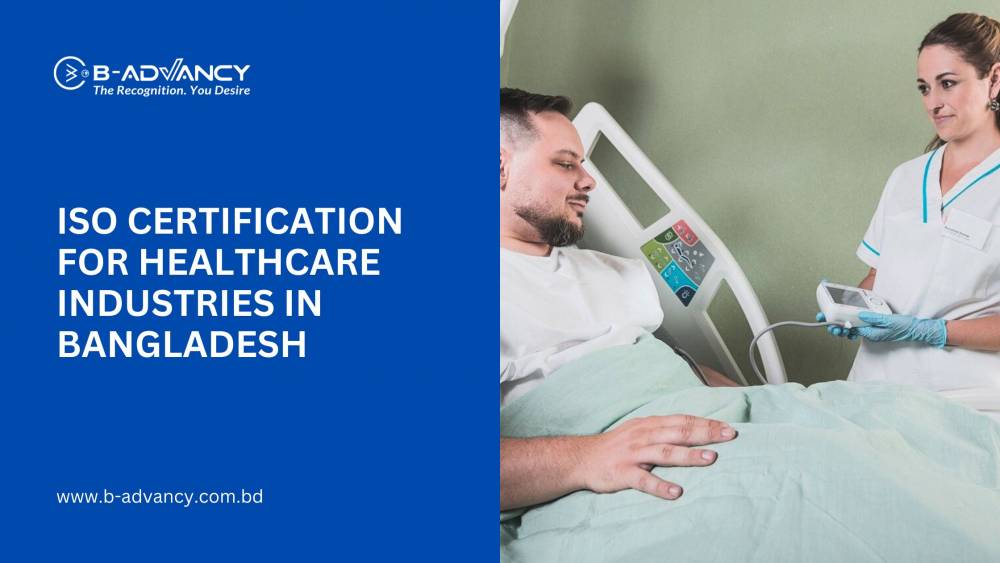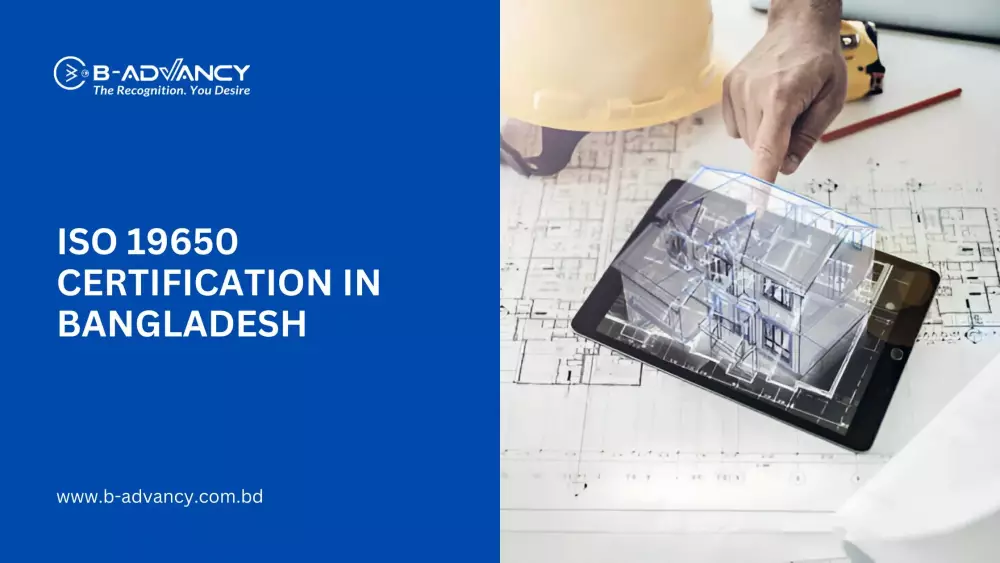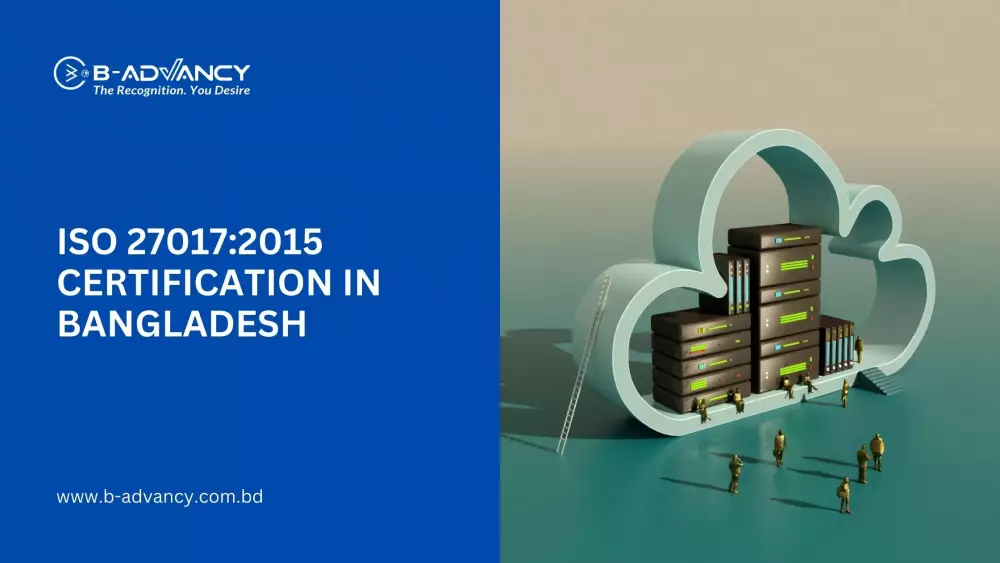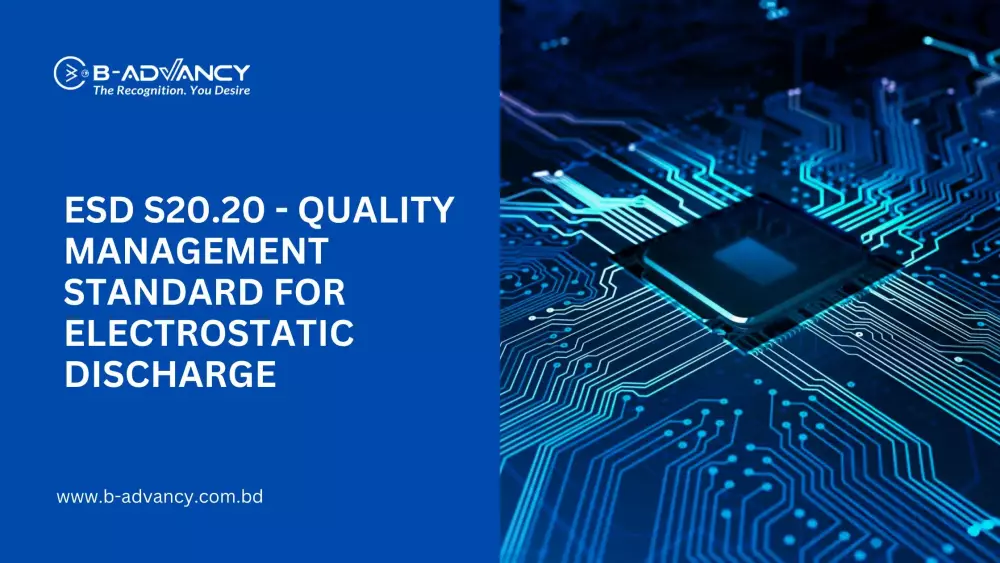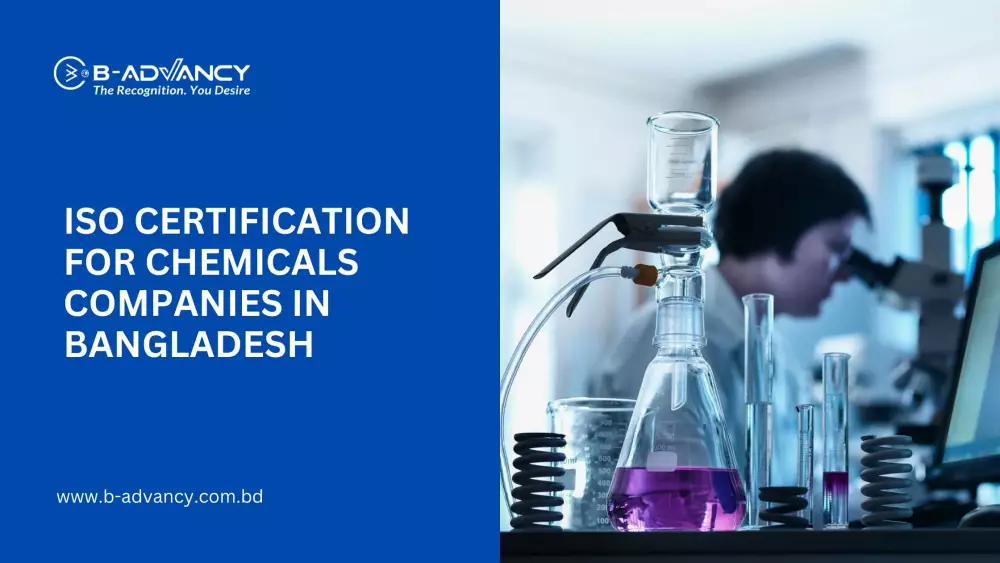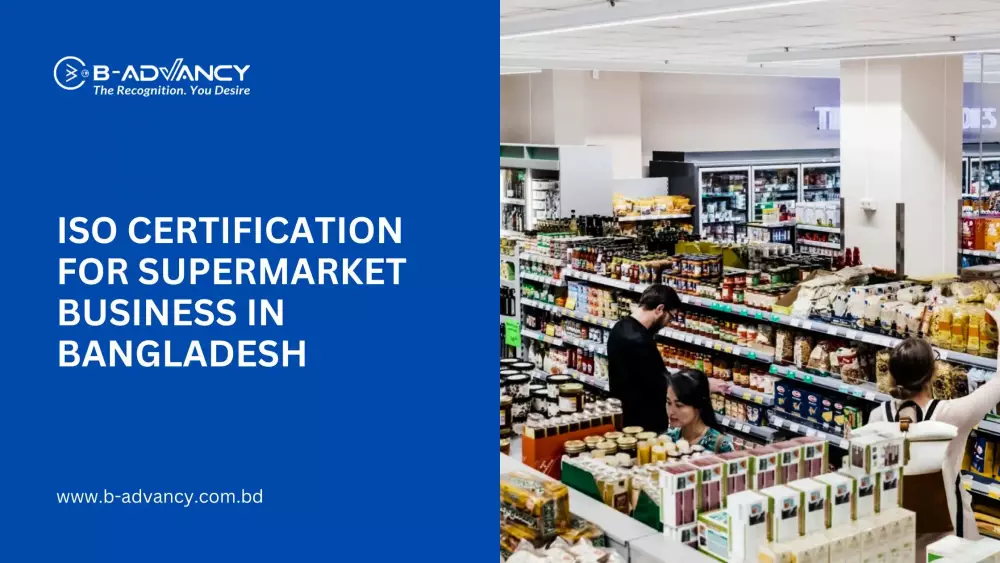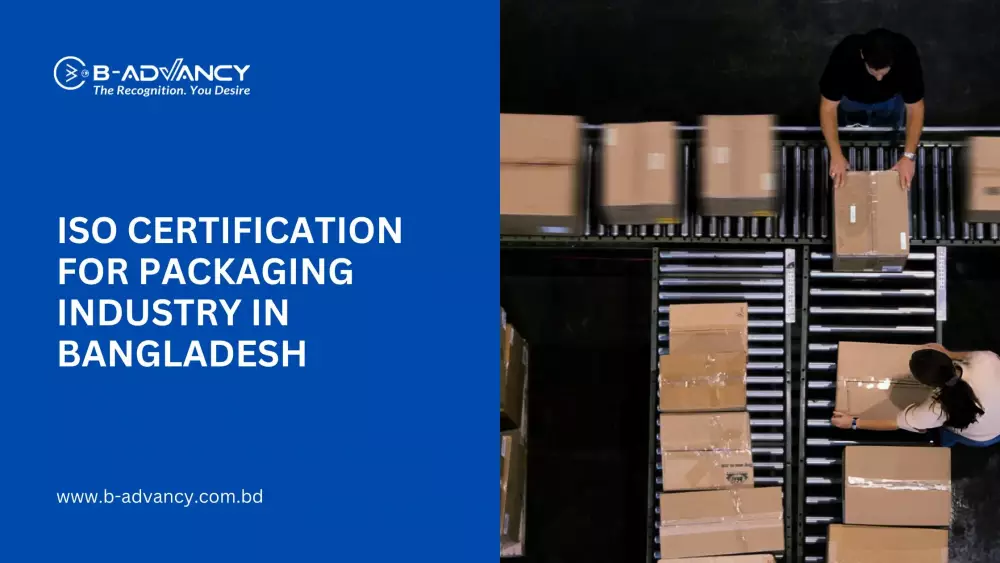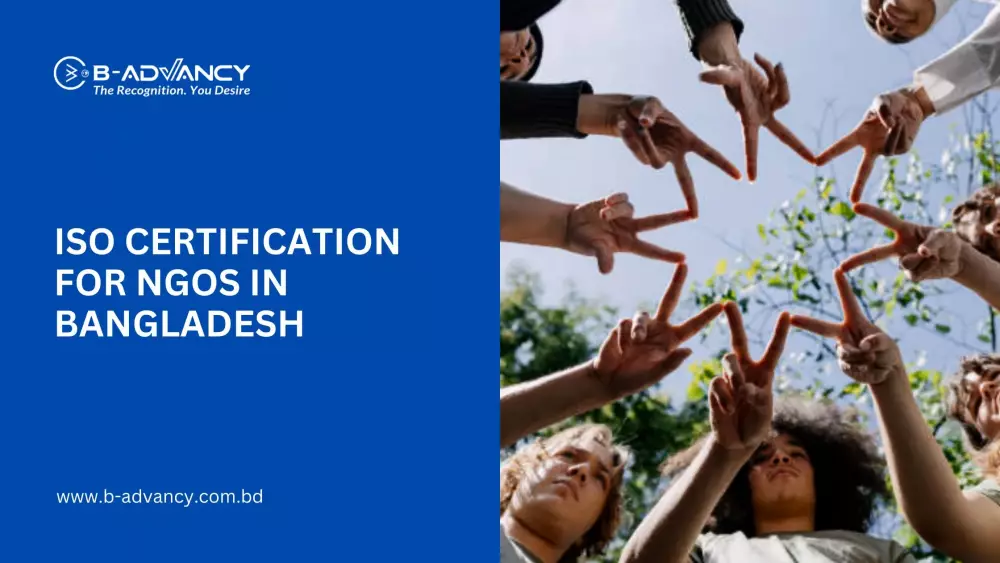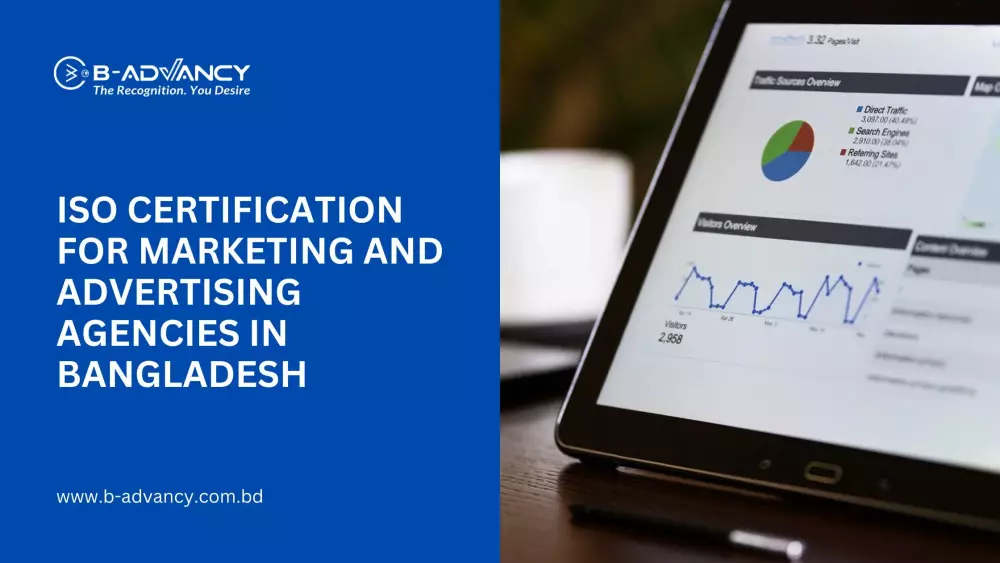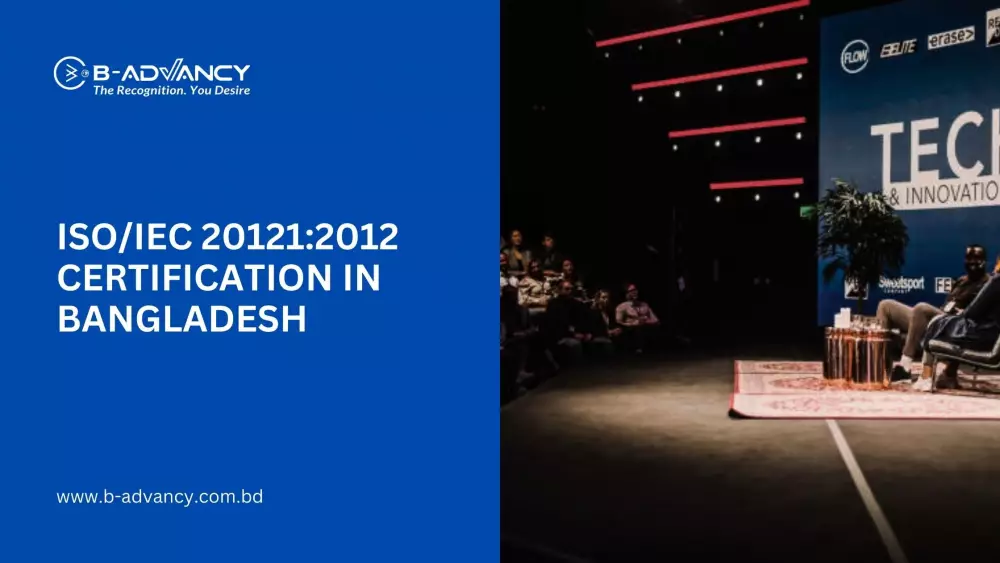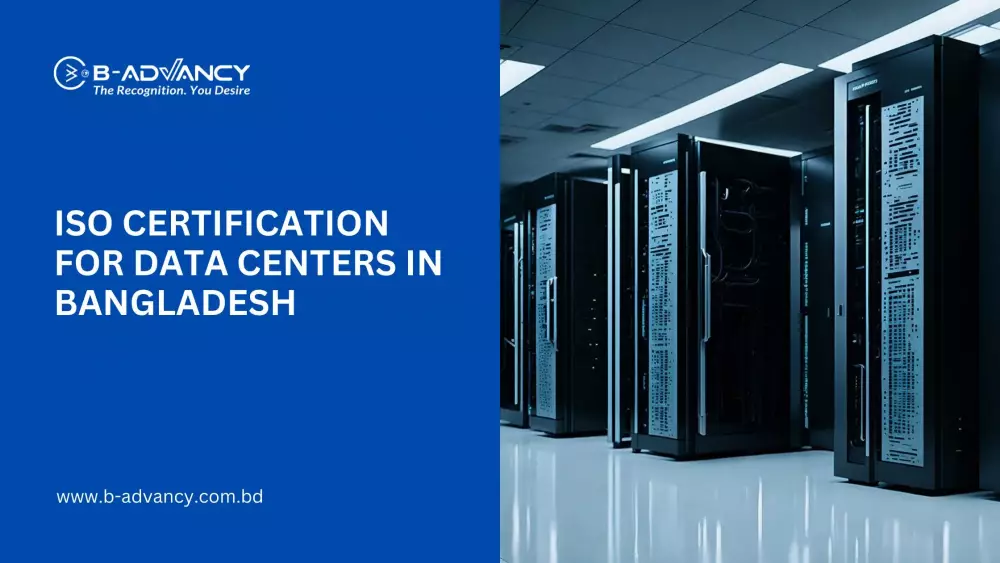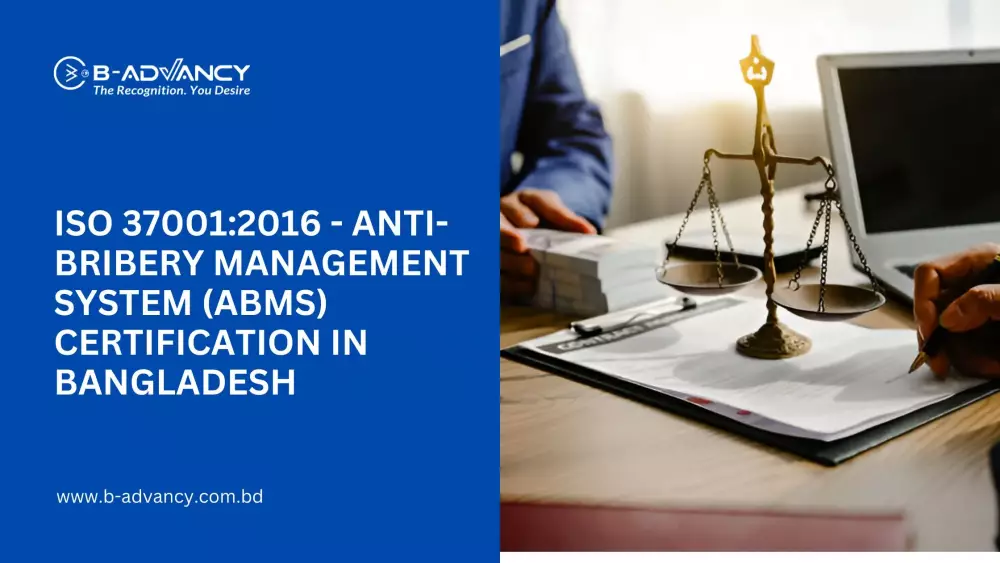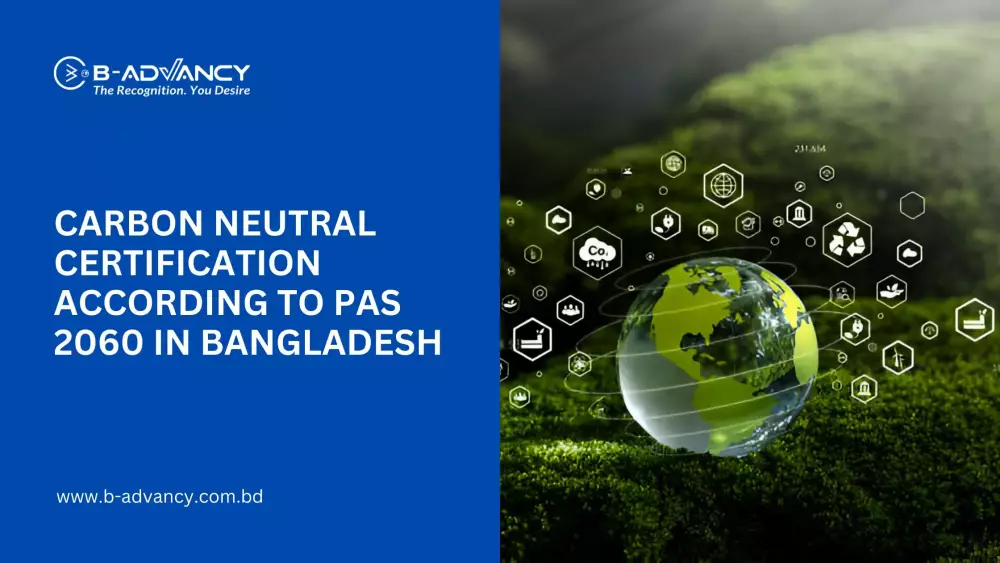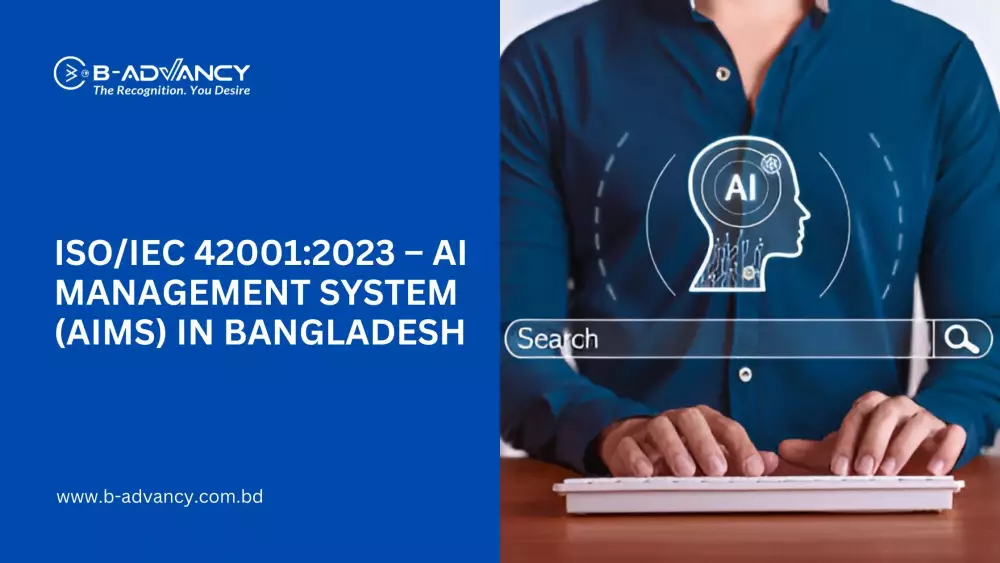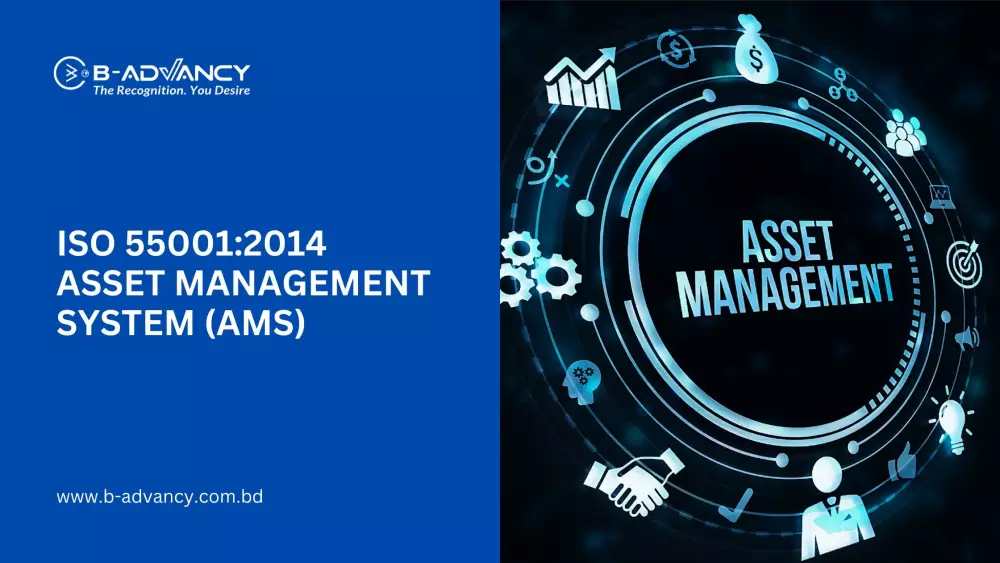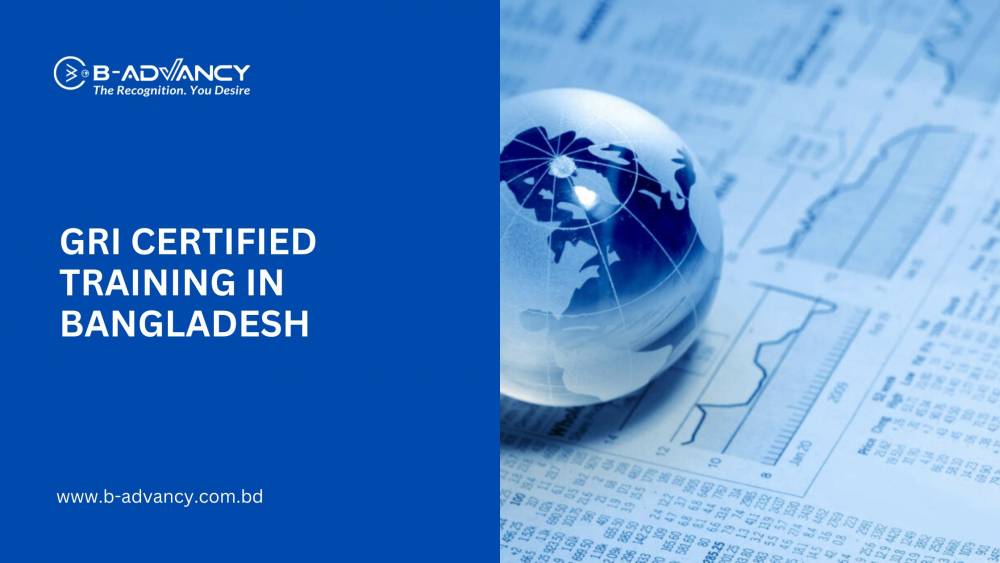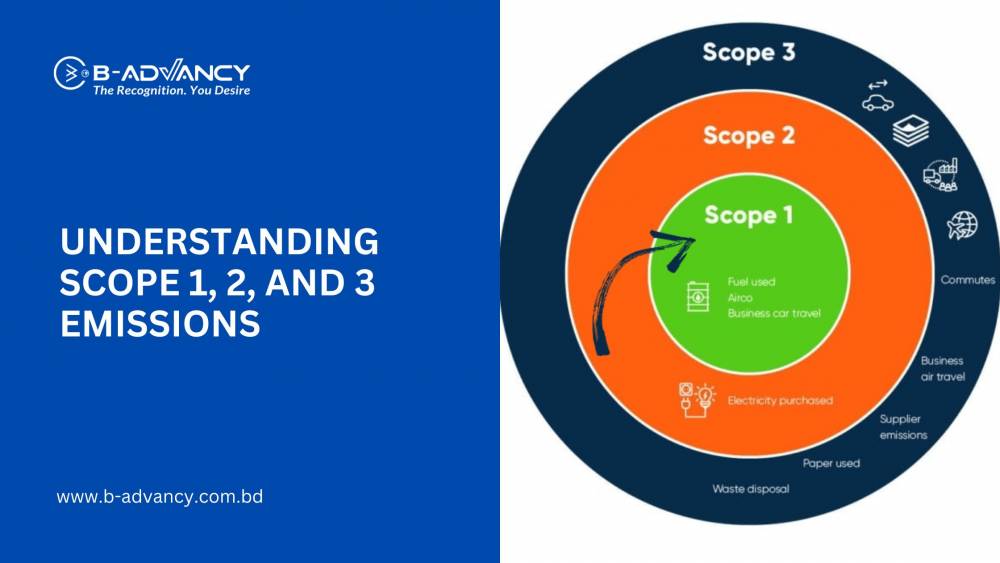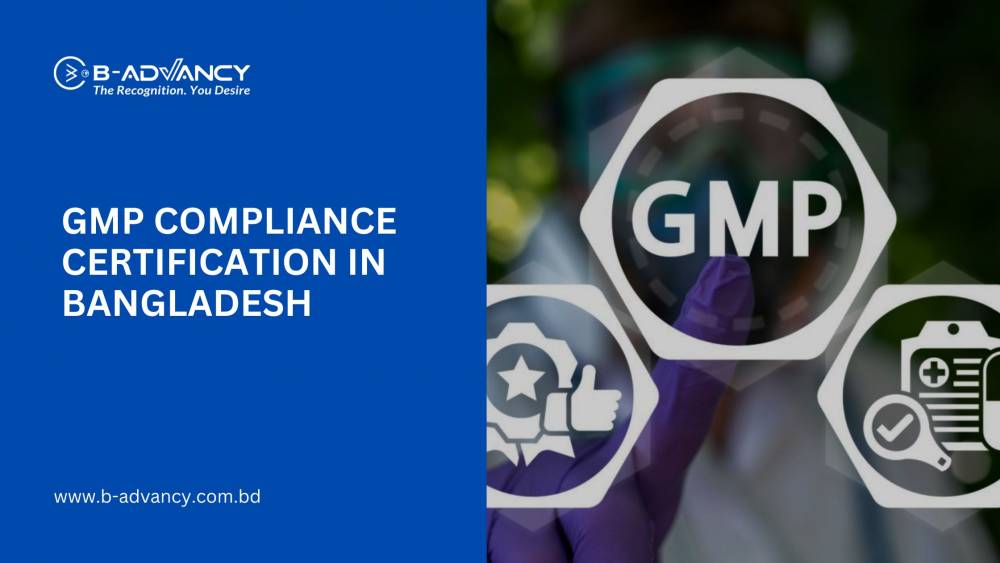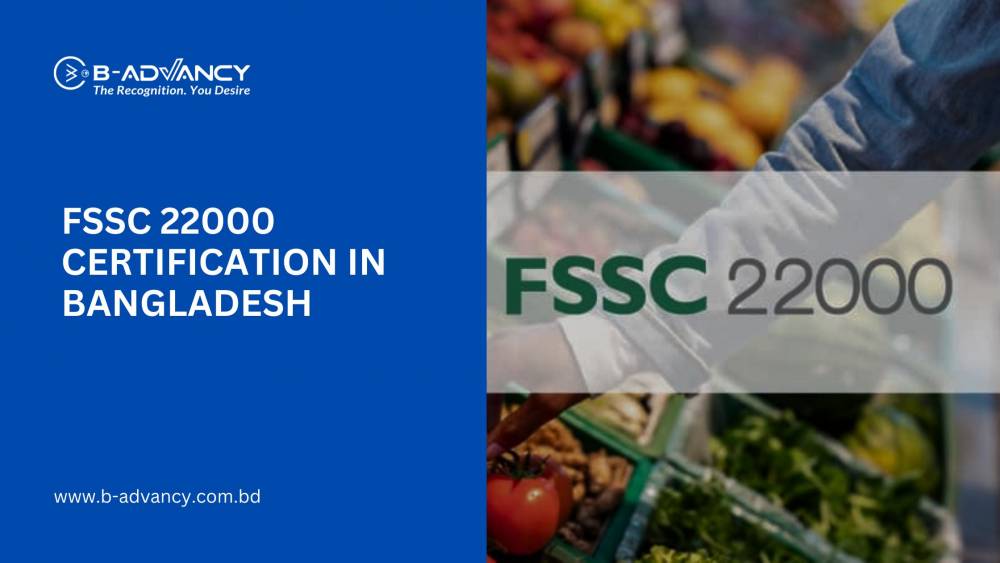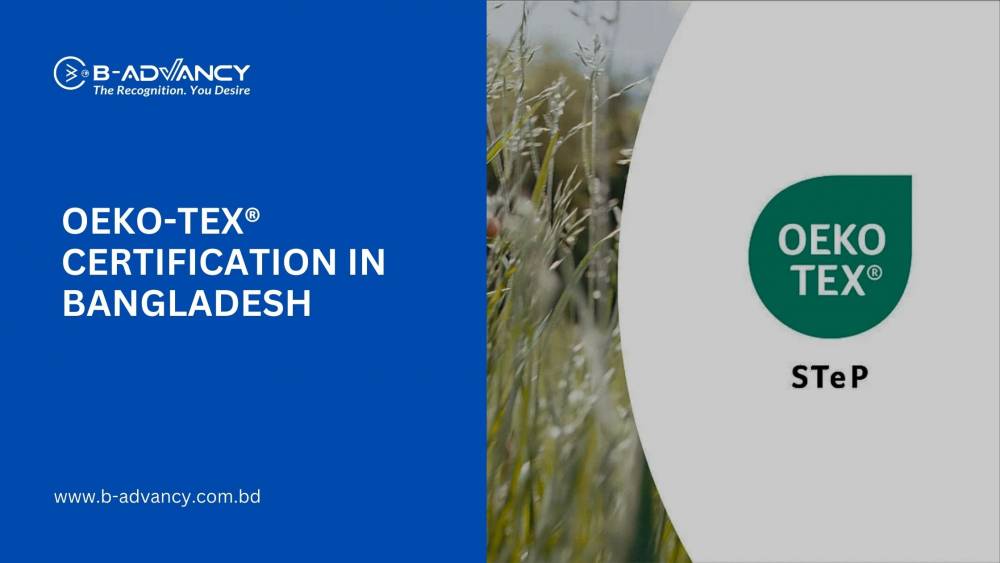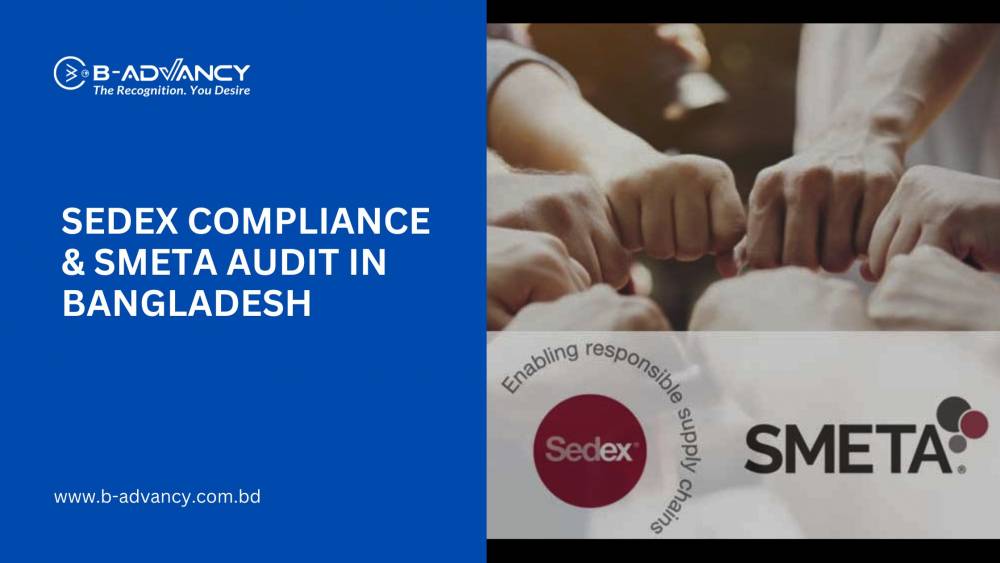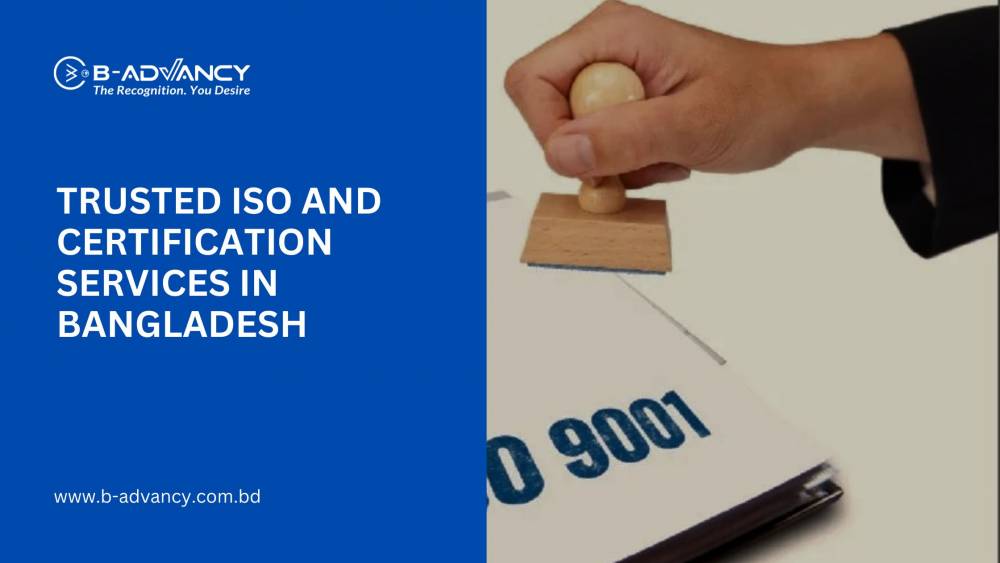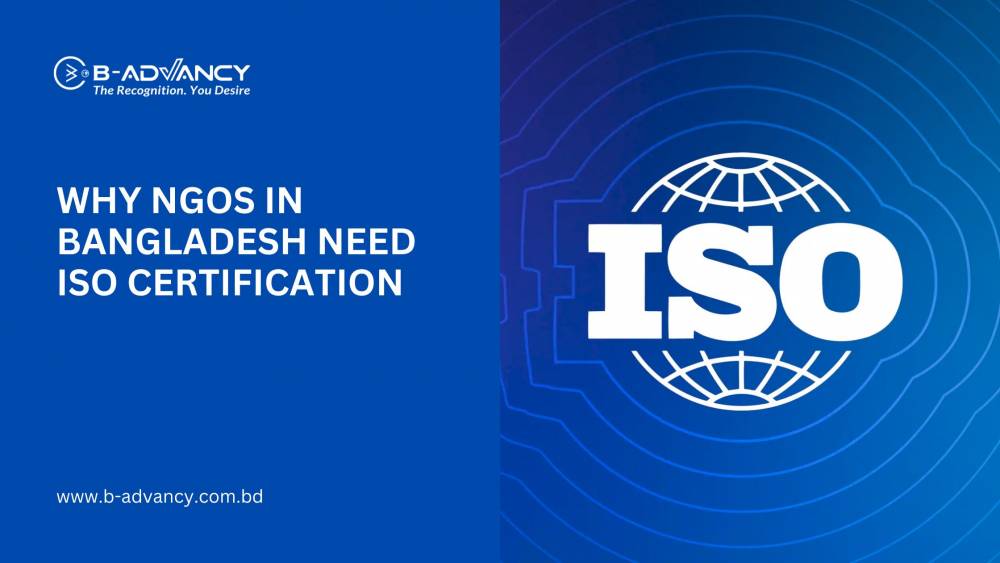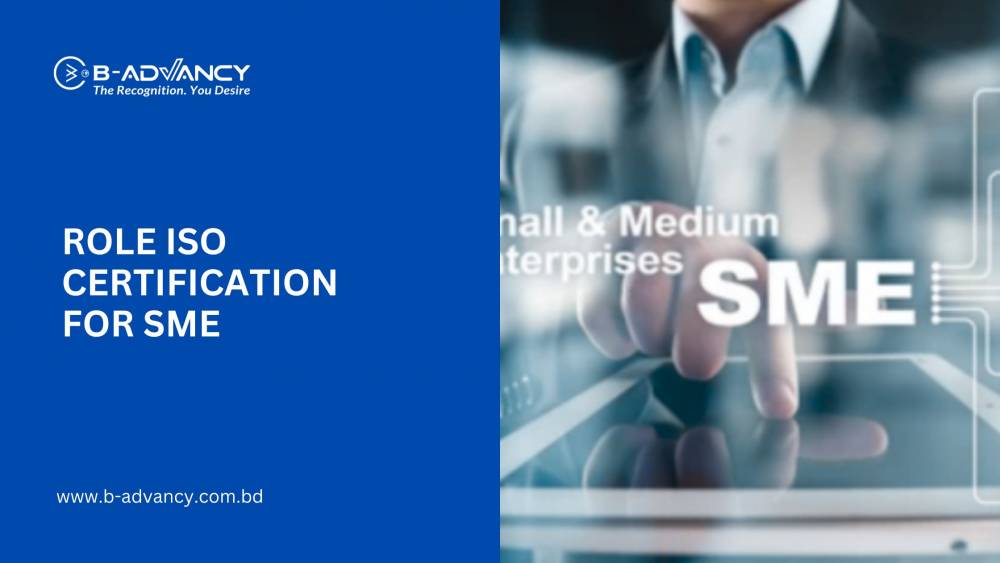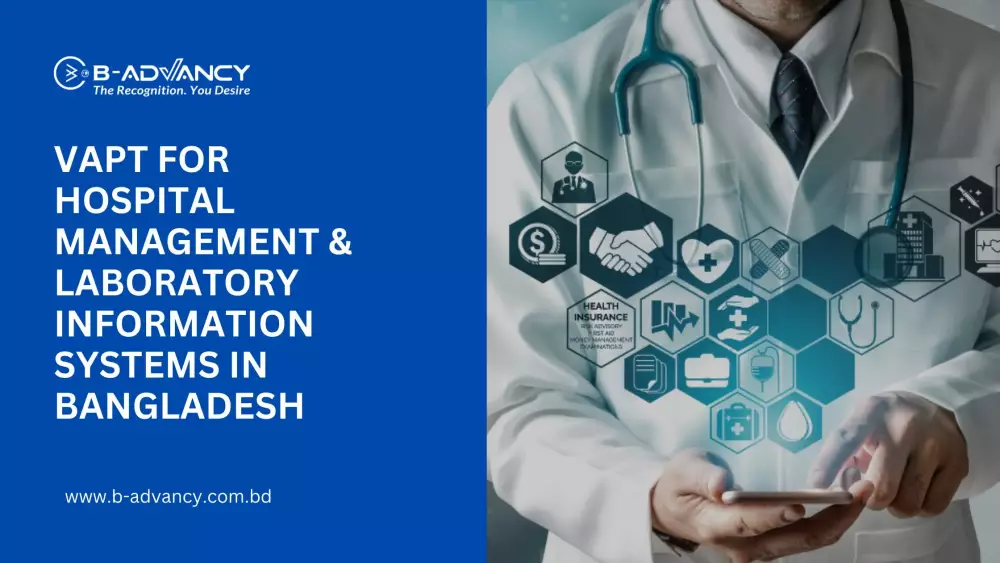Introduction to ISO 20000-1: Definition and Purpose
ISO 20000 certification in Bangladesh has an international standard for IT service management that specifies requirements for an IT service management system (ISMS). It provides a framework for delivering and managing IT services effectively and efficiently. The standard defines best practices for IT service management and aims to improve the delivery and support of IT services to customers.
The purpose of ISO 20000-1 is to provide a standardized approach to IT service management that can be used by organizations of any size and type. It helps organizations to ensure that they have effective and efficient IT service management processes in place, which can lead to improved customer satisfaction, cost savings, and increased competitiveness.
By implementing ISO 20000-1, organizations can demonstrate their commitment to delivering high-quality IT services, and they can use the standard to benchmark and improve their IT service management processes. The standard can also help organizations to better understand their customers’ needs, to manage risks associated with IT services, and to improve their overall IT service management capabilities.
Benefits of Implementing ISO 20000-1 for IT Service Management
There are many point-outs that can help an IT management team to grow by implementing ISO 20000-1. Here are some examples-
Ø Improved Customer Satisfaction: ISO 20000-1 helps organizations to deliver IT services that meet the needs of their customers and to improve customer satisfaction.
Ø Increased Efficiency: The standard provides a structured approach to IT service management, which can help organizations to streamline processes, reduce costs, and increase efficiency.
Ø Better Risk Management: ISO 20000-1 helps organizations to identify and manage risks associated with IT services, which can reduce the likelihood of disruptions to IT services and minimize the impact of any incidents.
Ø Enhanced Reputation: Organizations that implement ISO 20000-1 can demonstrate their commitment to delivering high-quality IT services, which can enhance their reputation and increase customer confidence.
Ø Improved Business Continuity: The standard helps organizations to develop effective IT service management processes that support business continuity, ensuring that IT services are available when customers need them.
Ø Competitive Advantage: Organizations that implement ISO 20000-1 can use the standard to benchmark their IT service management processes and to identify opportunities for improvement, which can help them to maintain a competitive advantage.
Ø Standardized Approach: ISO 20000-1 provides a standardized approach to IT service management, which can help organizations to improve their overall IT service management capabilities and to ensure that they have a consistent approach to delivering and managing IT services.
Key Components of ISO 20000-1: Requirements and Processes
Service Management System Requirements: ISO 20000-1 requires organizations to implement an IT service management system (ISMS) that is capable of delivering and managing IT services effectively and efficiently.
Service Delivery Processes: The standard requires organizations to implement processes for the delivery and management of IT services, including incident management, problem management, change management, and release management.
Service Relationship Management: ISO 20000-1 requires organizations to implement processes for managing relationships with customers and stakeholders, including communication, service level management, and relationship management.
Continual Service Improvement: The standard requires organizations to continuously improve their IT service management processes, based on performance data and customer feedback.
Documentation Requirements: ISO 20000-1 requires organizations to develop and maintain documentation for their IT service management processes, including policies, procedures, and records.
Control of Resources: The standard requires organizations to manage the resources required for delivering and managing IT services, including people, technology, and information.
Monitoring and Review: ISO 20000-1 requires organizations to monitor and review their IT service management processes regularly, to ensure that they are effective and efficient and to identify opportunities for improvement.
How to Achieve ISO 20000-1 Certification: Steps and Considerations
The process of obtaining ISO certification typically involves the following steps:
Ø Reach out to a certification body by submitting an inquiry.
Ø Receive a quote for your company and a consultation from the certification body.
Ø Accept the quote and begin the implementation process.
Ø Complete the necessary training and implement the guidelines provided by the certification body.
Ø Undergo an initial external audit by the certification body and successfully pass the audit.
Ø Make payment and receive the final hard copy of the certificate from the certification body.
Ongoing Maintenance and Improvement of the IT Service Management System
Regular Monitoring and Review: Organizations should regularly monitor and review their IT service management processes and systems to ensure that they are effective and efficient and to identify opportunities for improvement.
Continuous Improvement: Organizations should continuously improve their IT service management processes based on performance data, customer feedback, and industry best practices.
Update Documentation: Organizations should regularly update their IT service management documentation, including policies, procedures, and records, to ensure that it remains accurate and up-to-date.
Train Staff: Organizations should provide regular training to staff to ensure that they have the skills and knowledge required to effectively deliver and manage IT services.
Maintain Technology: Organizations should regularly maintain and update the technology used to support their IT service management processes to ensure that it remains effective and efficient.
Review Performance Data: Organizations should regularly review performance data, such as service level data and incident data, to identify areas for improvement and to track progress over time.
Engage with Customers: Organizations should regularly engage with customers to gather feedback and to understand their needs and expectations, and use this information to improve their IT service management processes.
By maintaining and improving their IT service management systems, organizations can ensure that they continue to deliver high-quality IT services that meet the needs of customers, while also managing risks, reducing costs, and improving efficiency.
Case Studies: Successful Implementation of ISO 20000-1 in Different Industries
ISO Certification in Bangladesh is not that complicated topic nowadays. So, the example of benefited companies are increasing more than before. To make it more precise we tried to give some example
Financial Services: A leading financial services company implemented ISO 20000-1 to improve the efficiency and effectiveness of its IT service management processes. The company was able to streamline its processes, reduce costs, and improve customer satisfaction.
Healthcare: A healthcare organization implemented ISO 20000-1 to improve the delivery and management of IT services to patients and staff. The organization was able to improve the reliability and availability of its IT services, leading to improved patient outcomes and increased staff satisfaction.
Retail: A retail organization implemented ISO 20000-1 to improve the efficiency and effectiveness of its IT service management processes. The company was able to reduce costs, improve customer satisfaction, and enhance its reputation for delivering high-quality IT services.
Manufacturing: A manufacturing company implemented ISO 20000-1 to improve the delivery and management of IT services to its employees and customers. The company was able to reduce costs, improve efficiency, and enhance its reputation for delivering high-quality IT services.
These case studies demonstrate that organizations in a variety of industries can successfully implement ISO 20000-1 to improve the delivery and management of IT services. By following the requirements and processes outlined in the standard, organizations can improve customer satisfaction, reduce costs, and manage risks more effectively.
Conclusion: The Importance of IT Service Management and ISO 20000-1 for Business Success
IT service management is a critical component of business success, as it helps organizations to deliver high-quality IT services that meet the needs of customers. ISO 20000-1 provides a framework for IT service management that can help organizations to improve the delivery and management of IT services, while also reducing costs, managing risks, and improving efficiency.
By implementing ISO 20000-1, organizations can demonstrate their commitment to delivering high-quality IT services and improve their reputation. This can increase customer confidence, lead to improved customer satisfaction, and help organizations to maintain a competitive advantage.
In conclusion, IT service management and ISO 20000-1 are important for business success, as they help organizations to deliver high-quality IT services that meet the needs of customers, while also reducing costs, managing risks, and improving efficiency.

